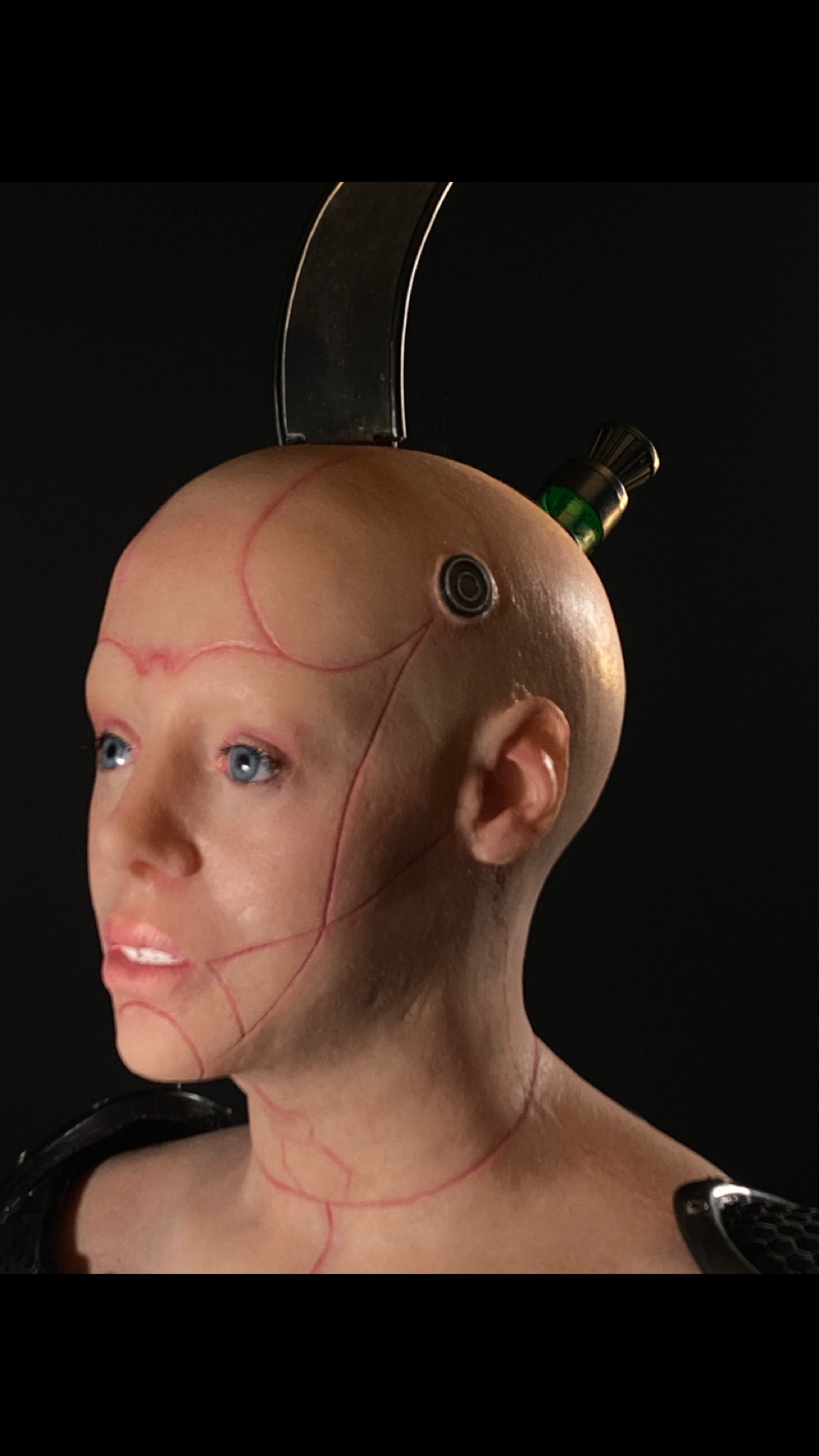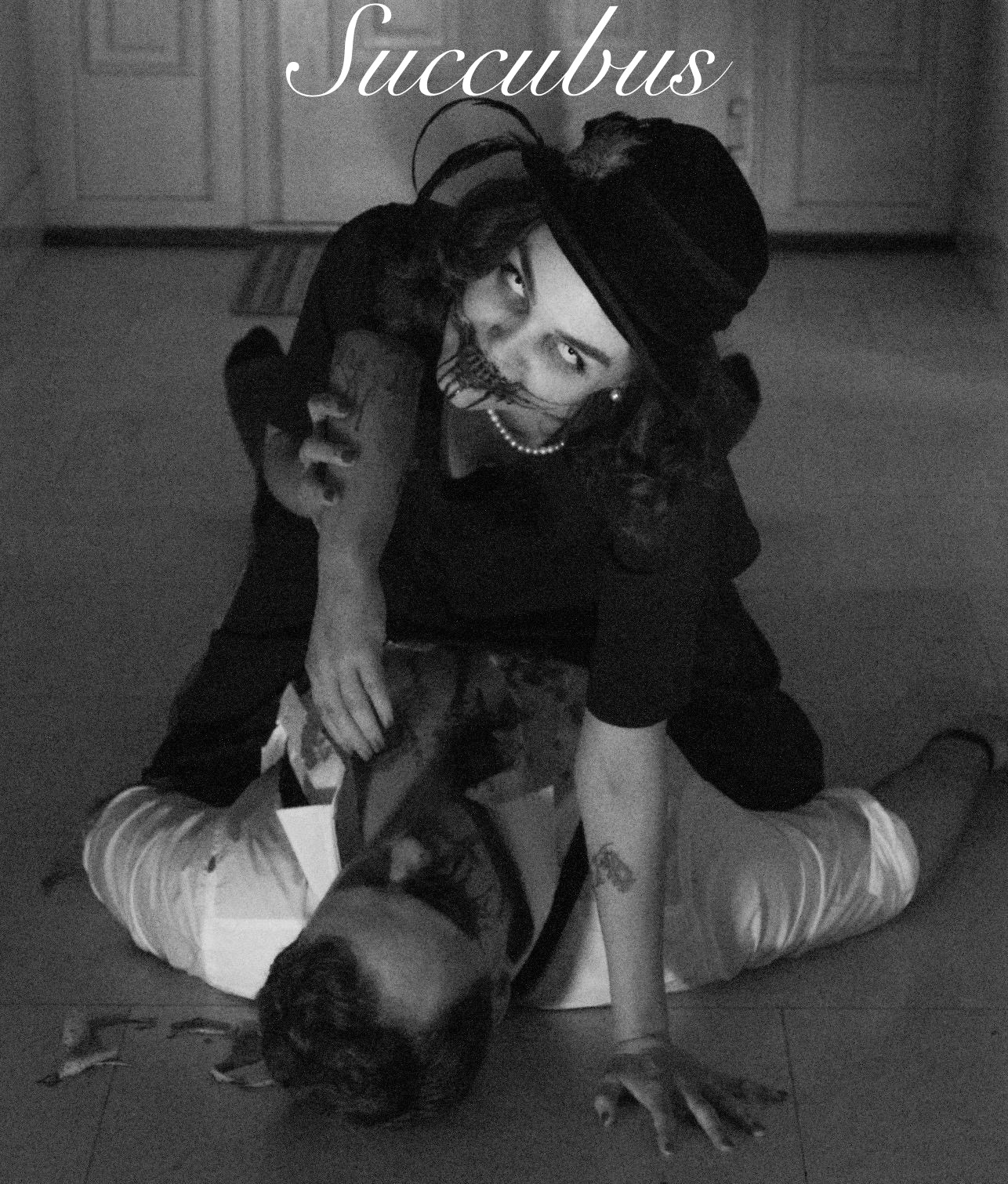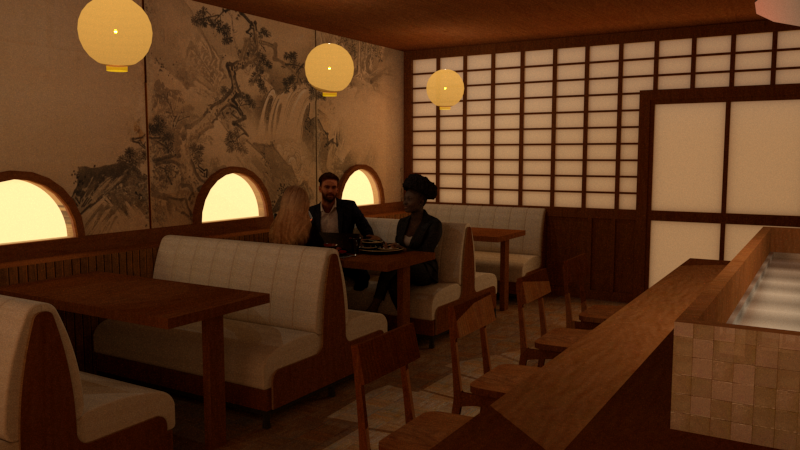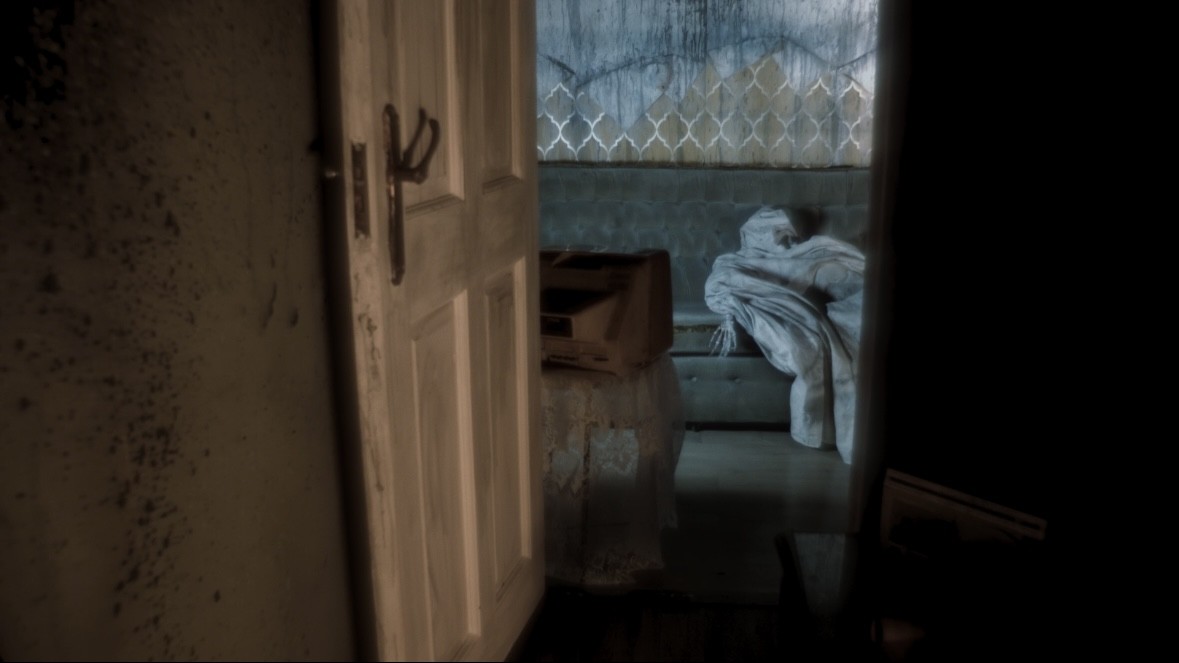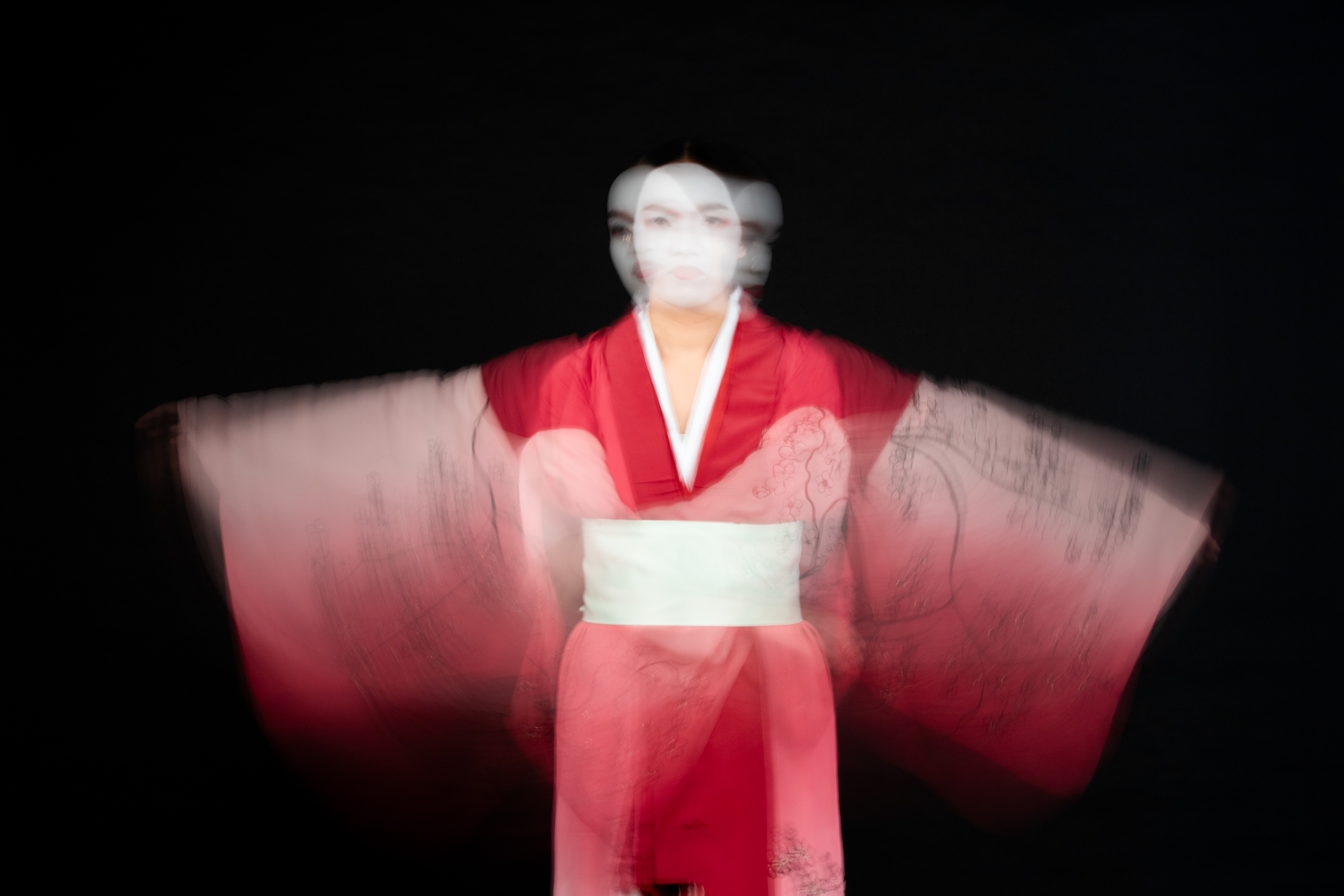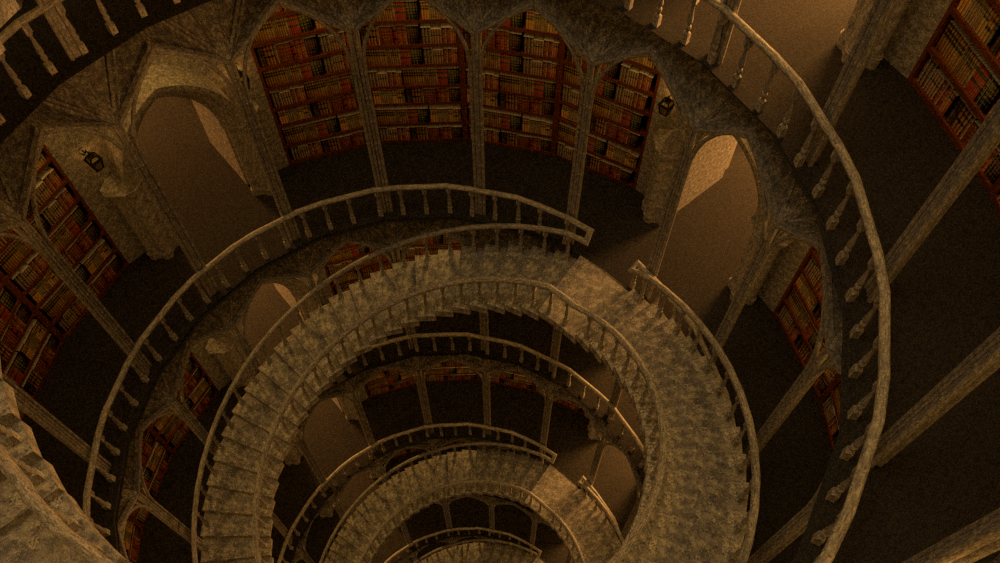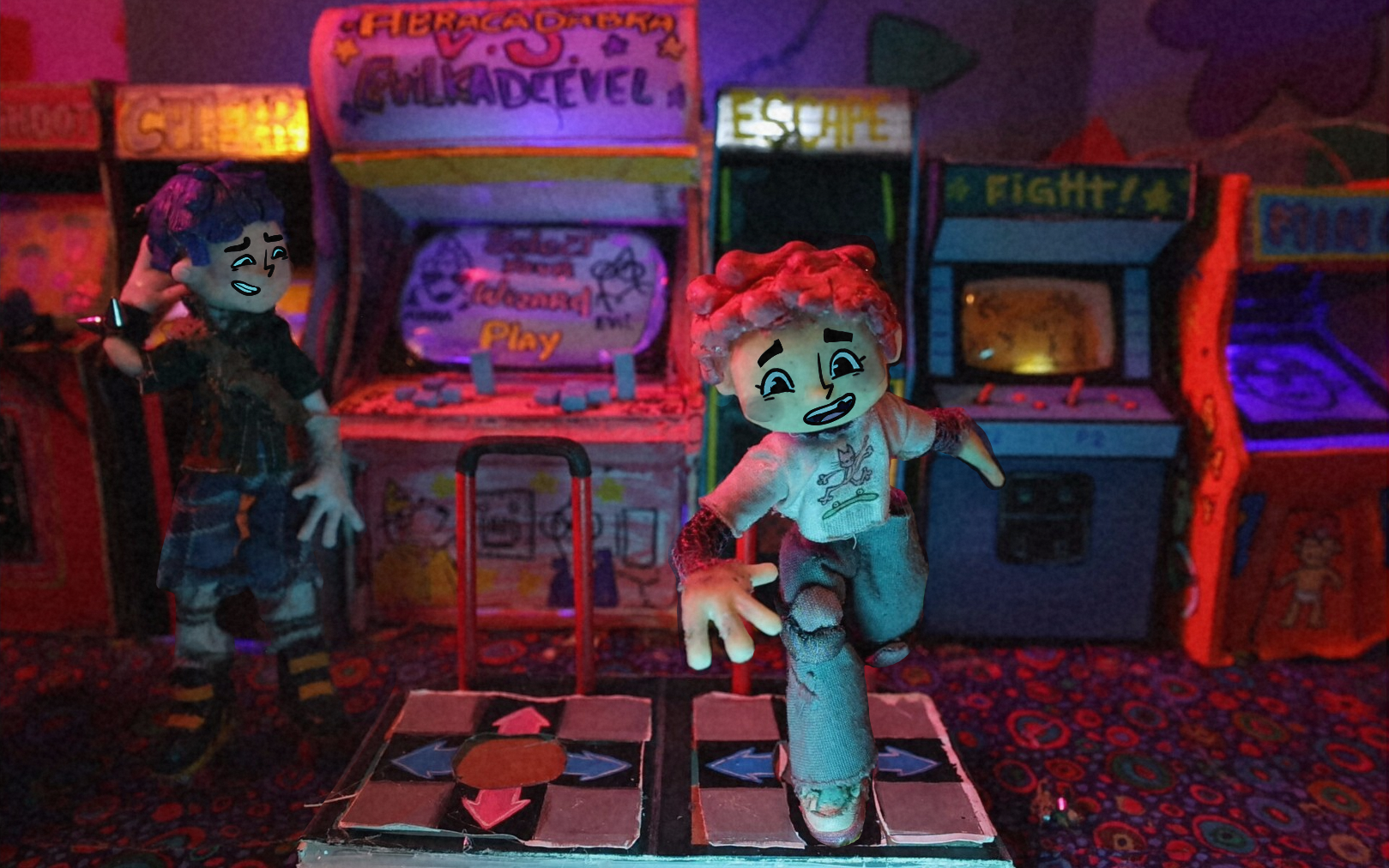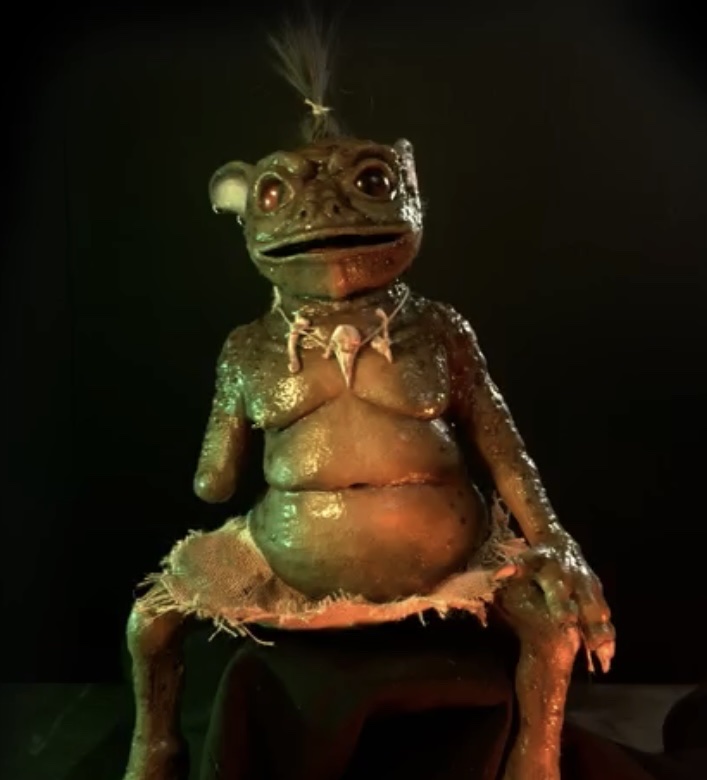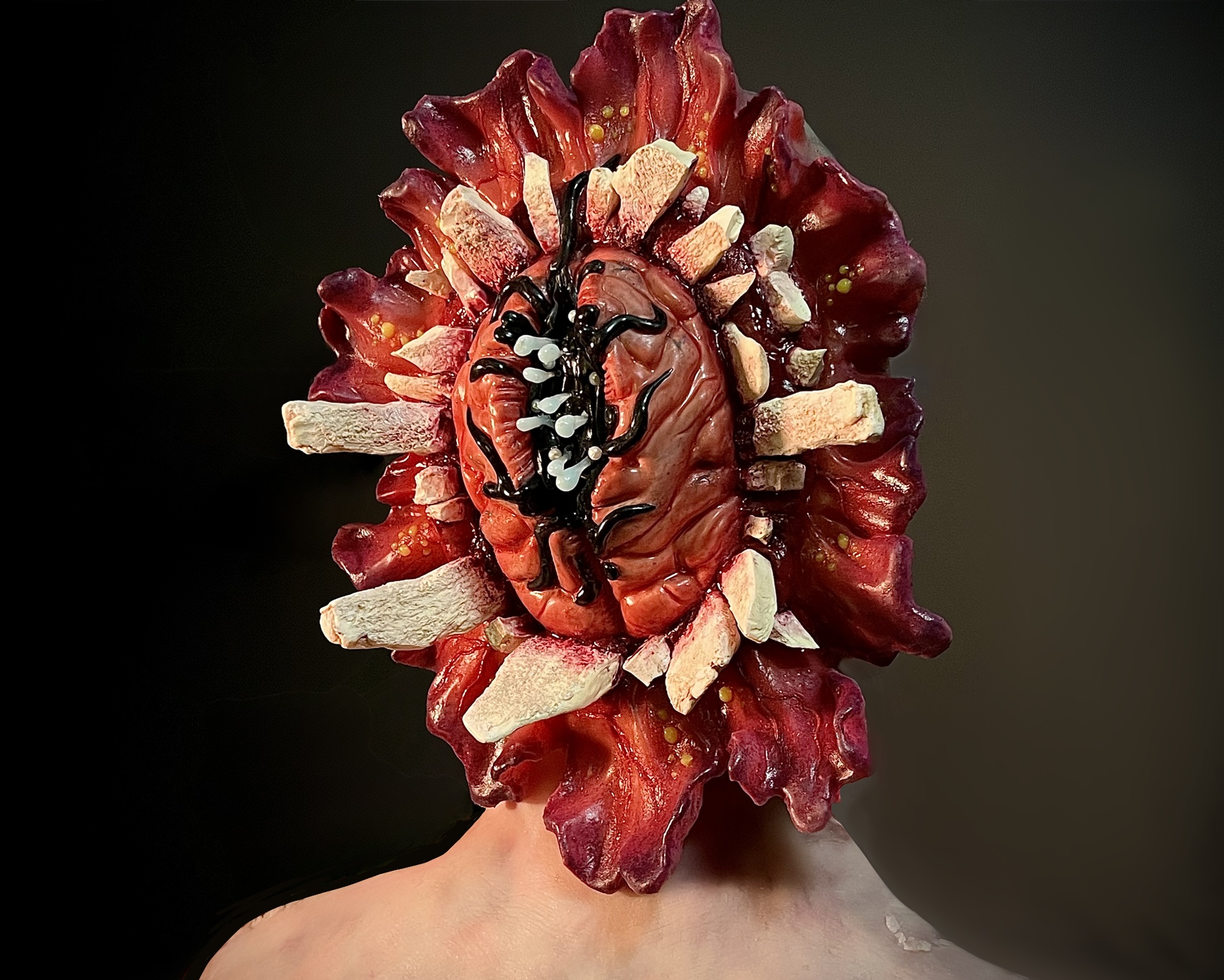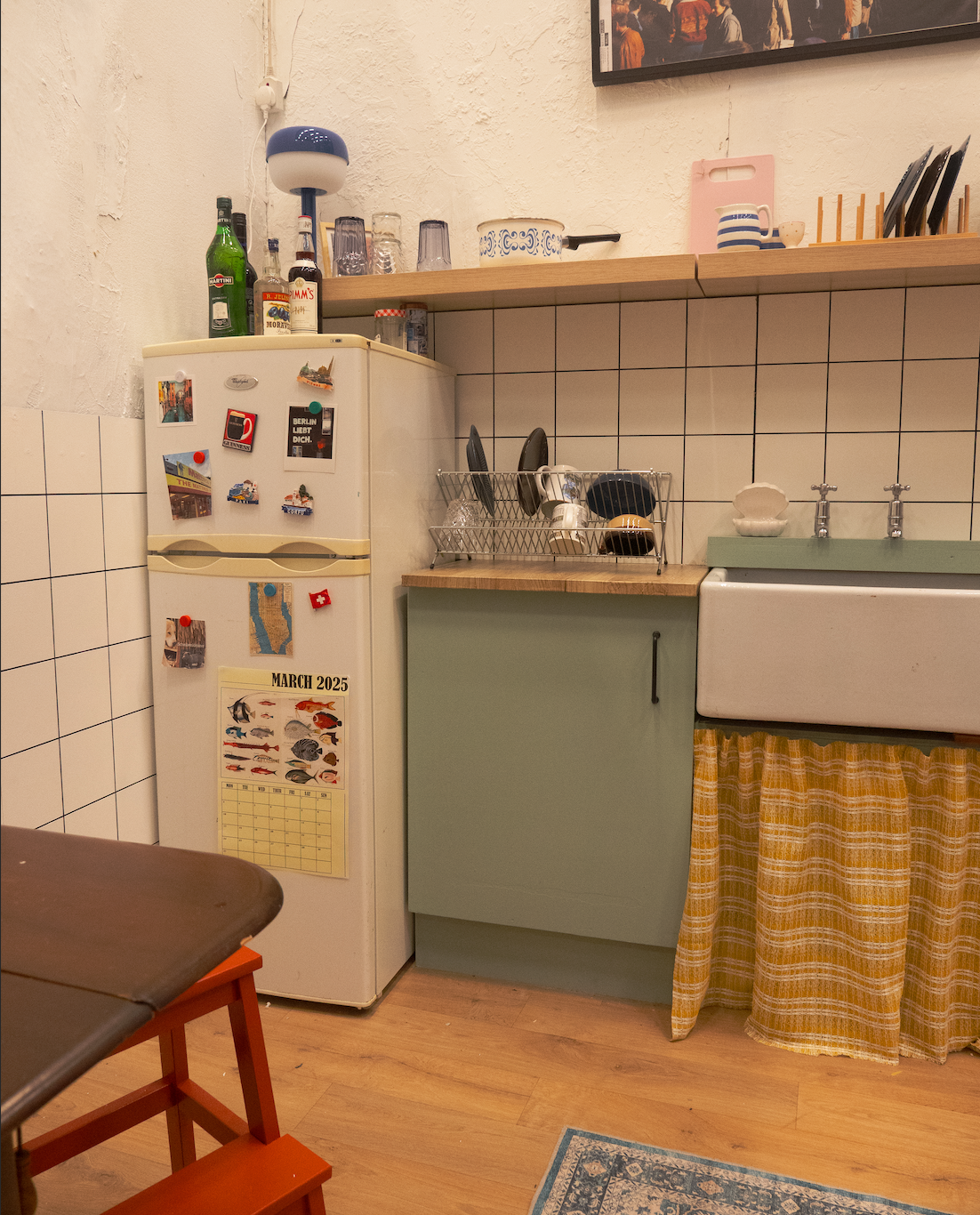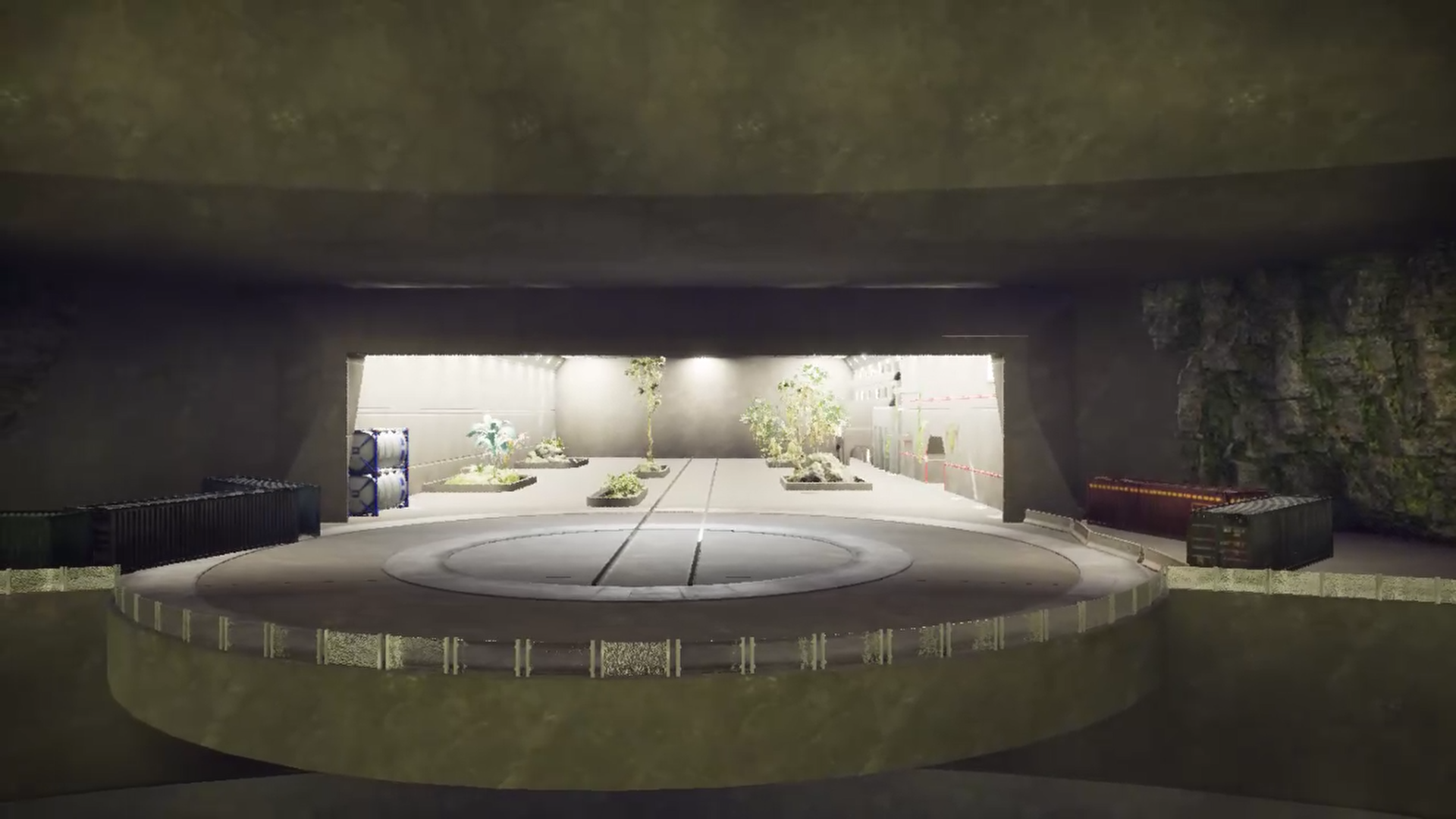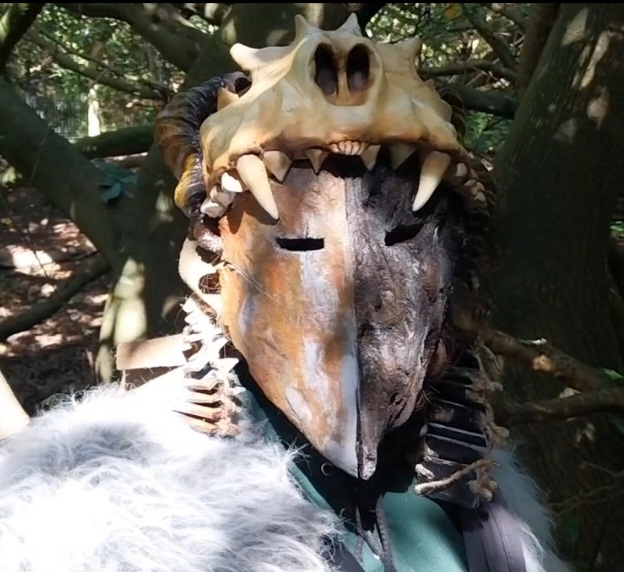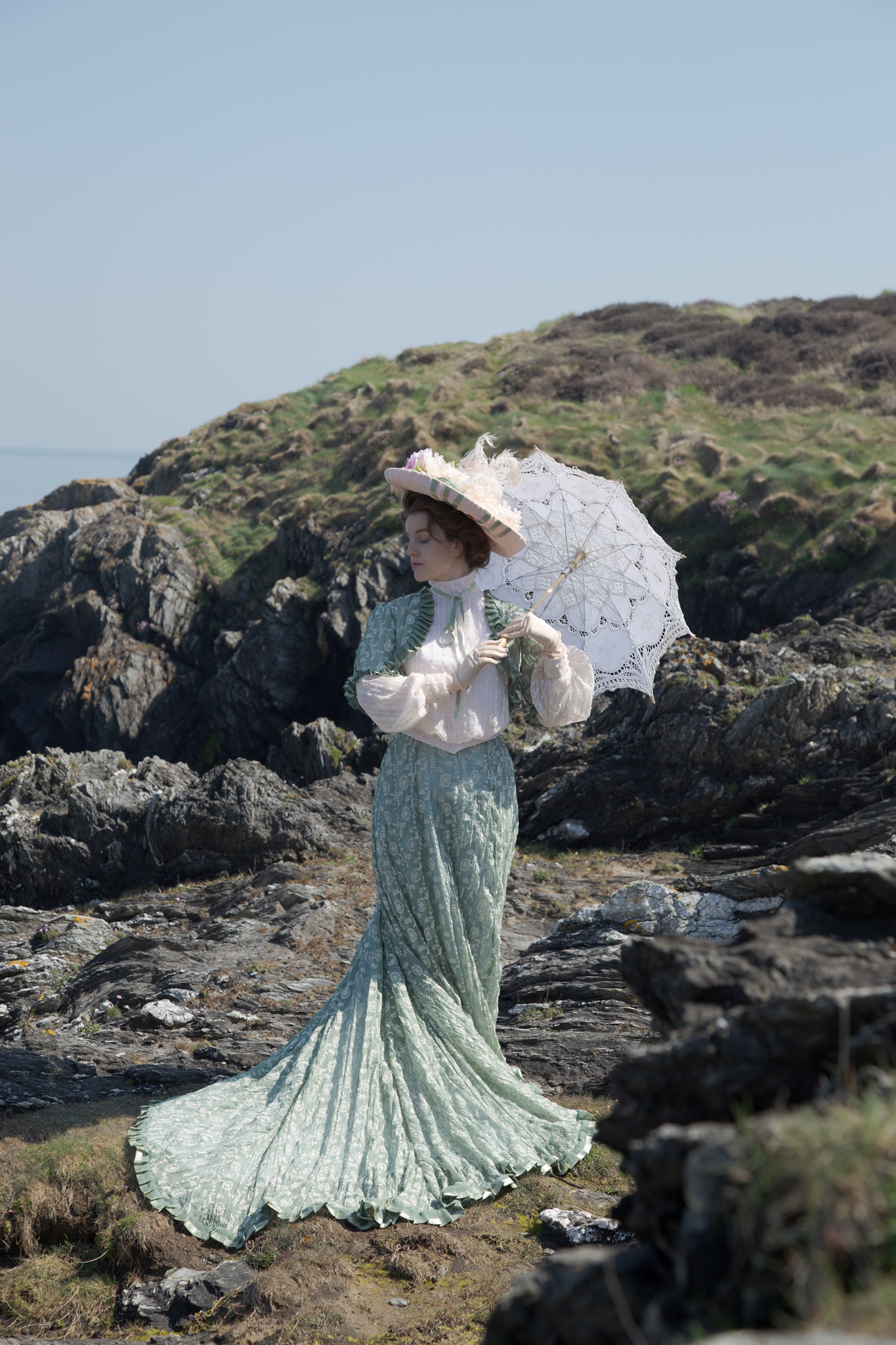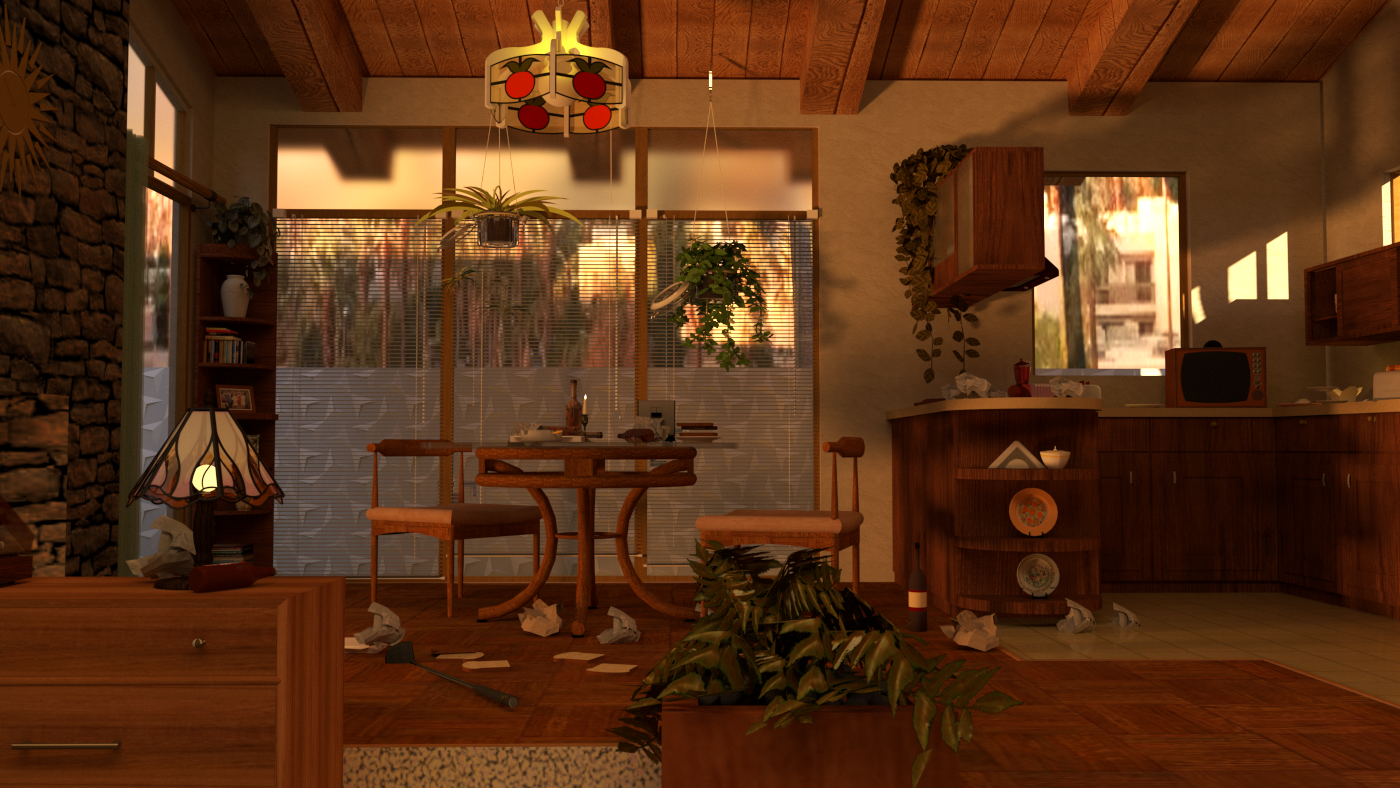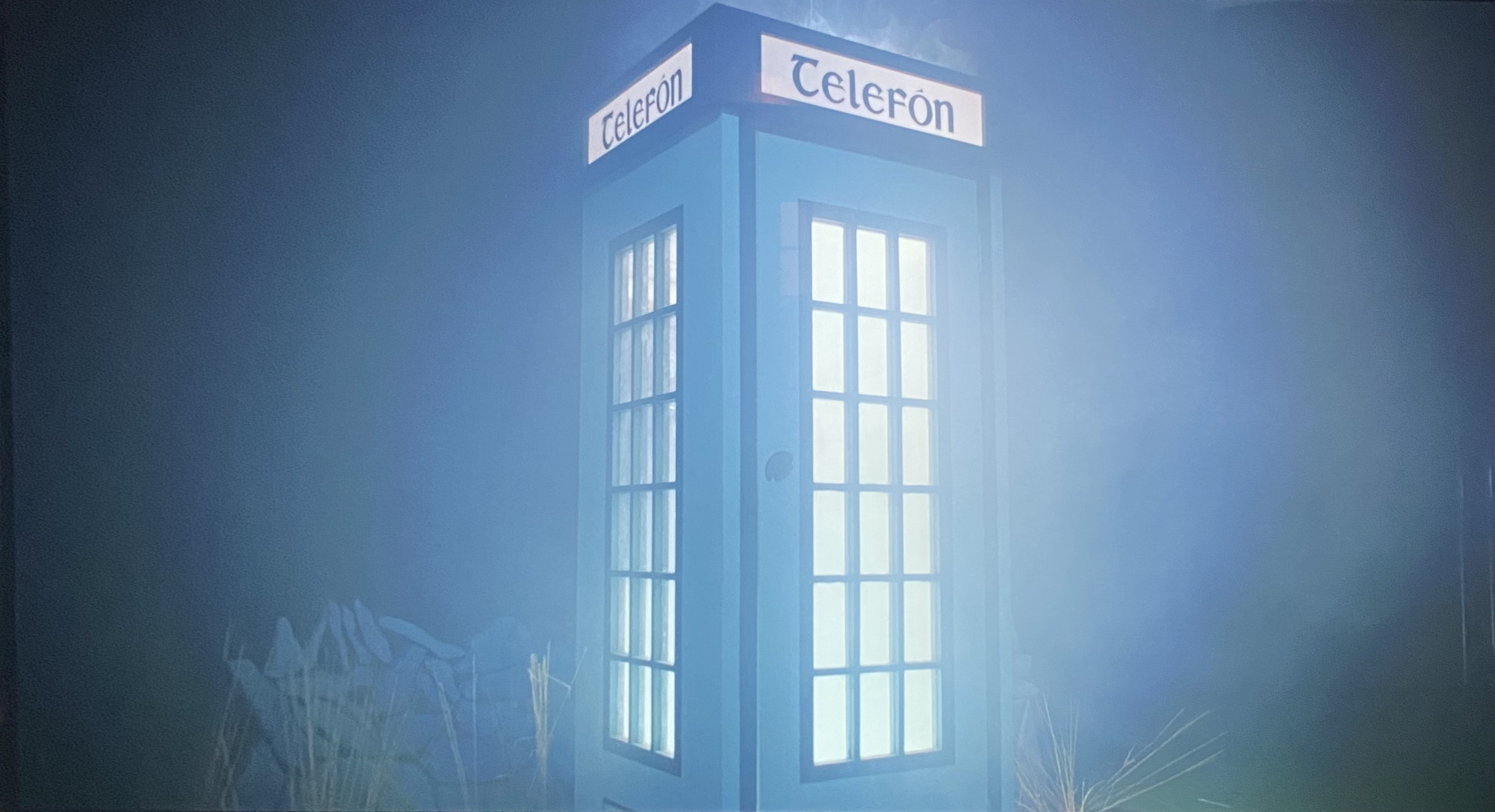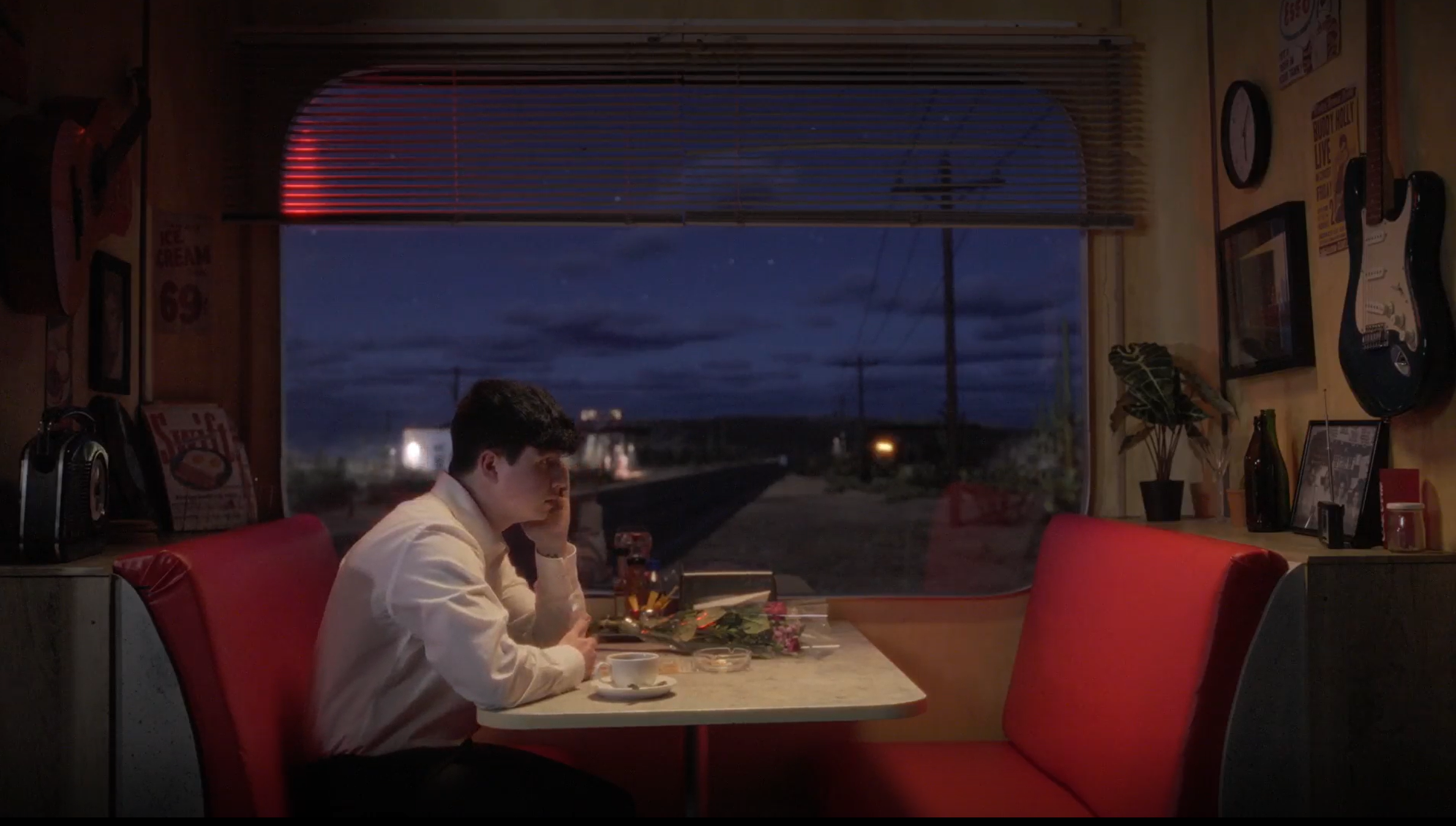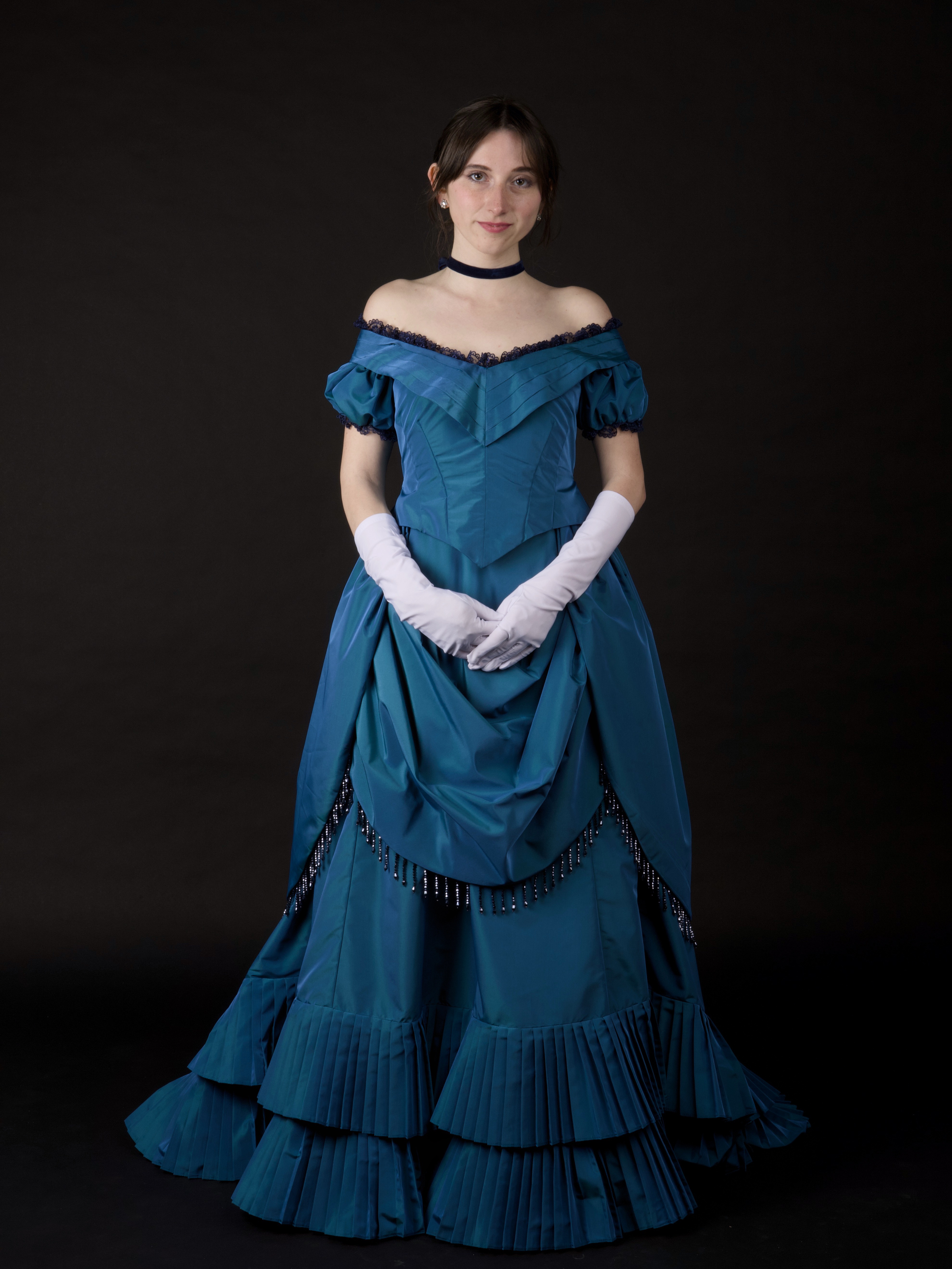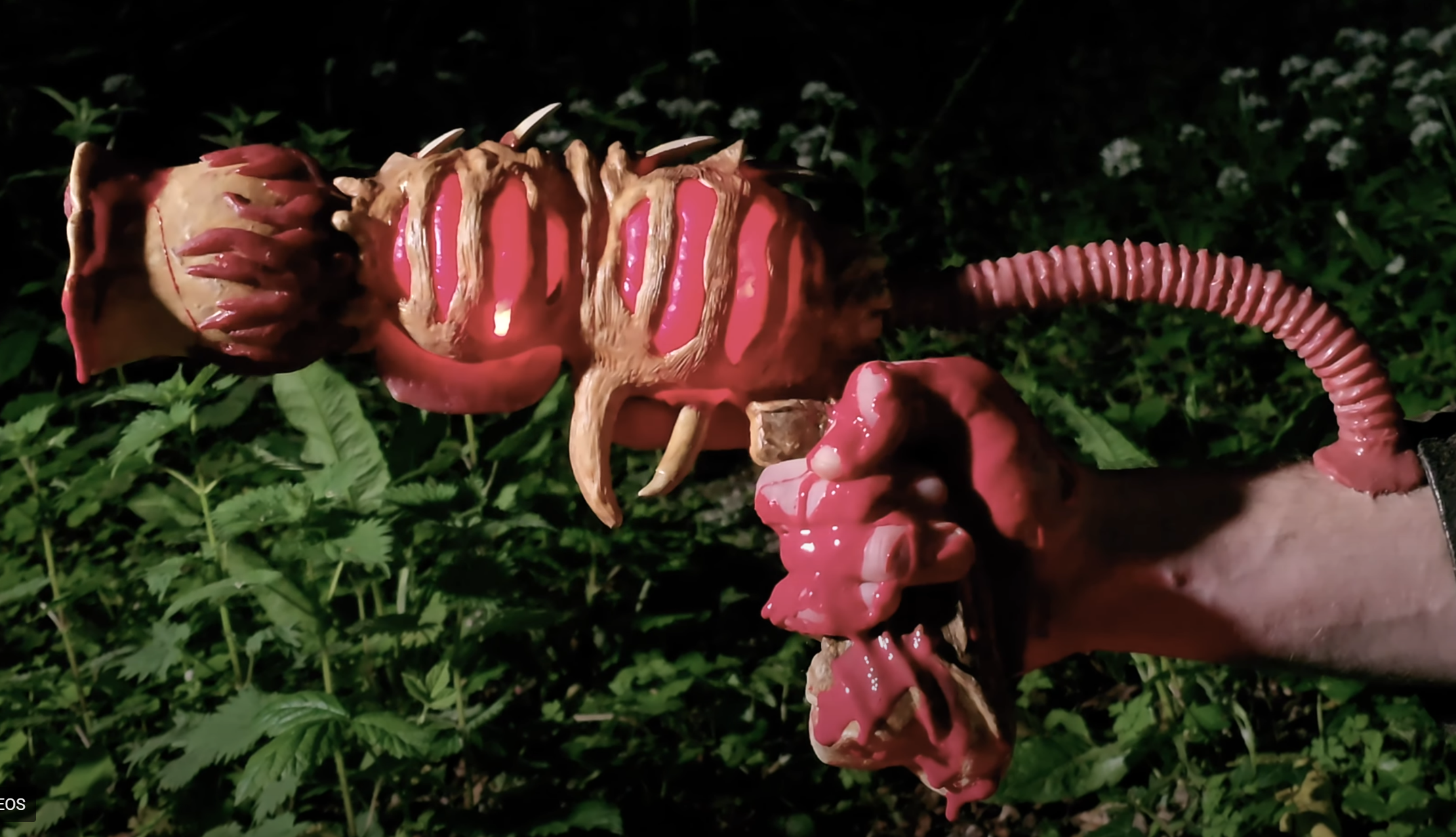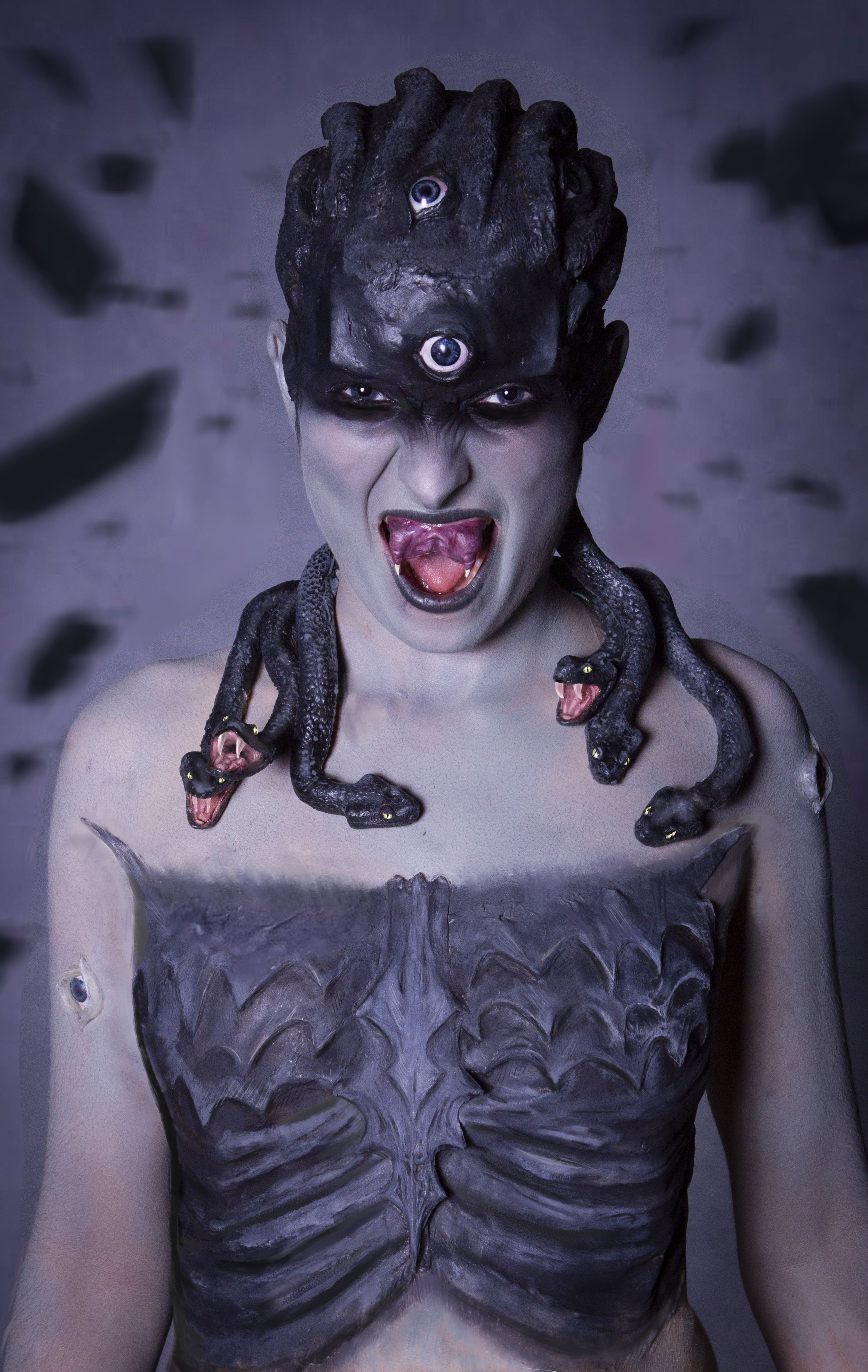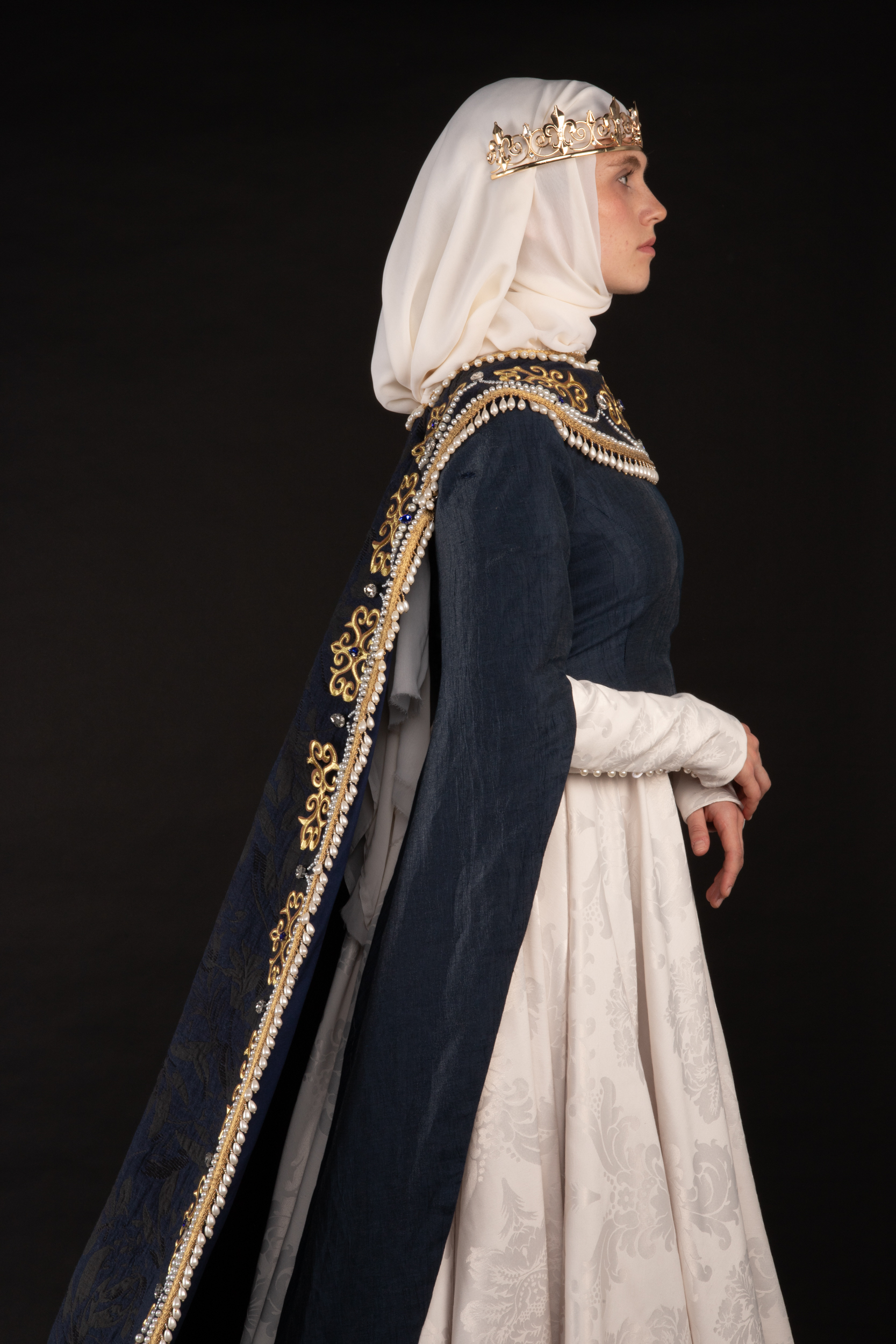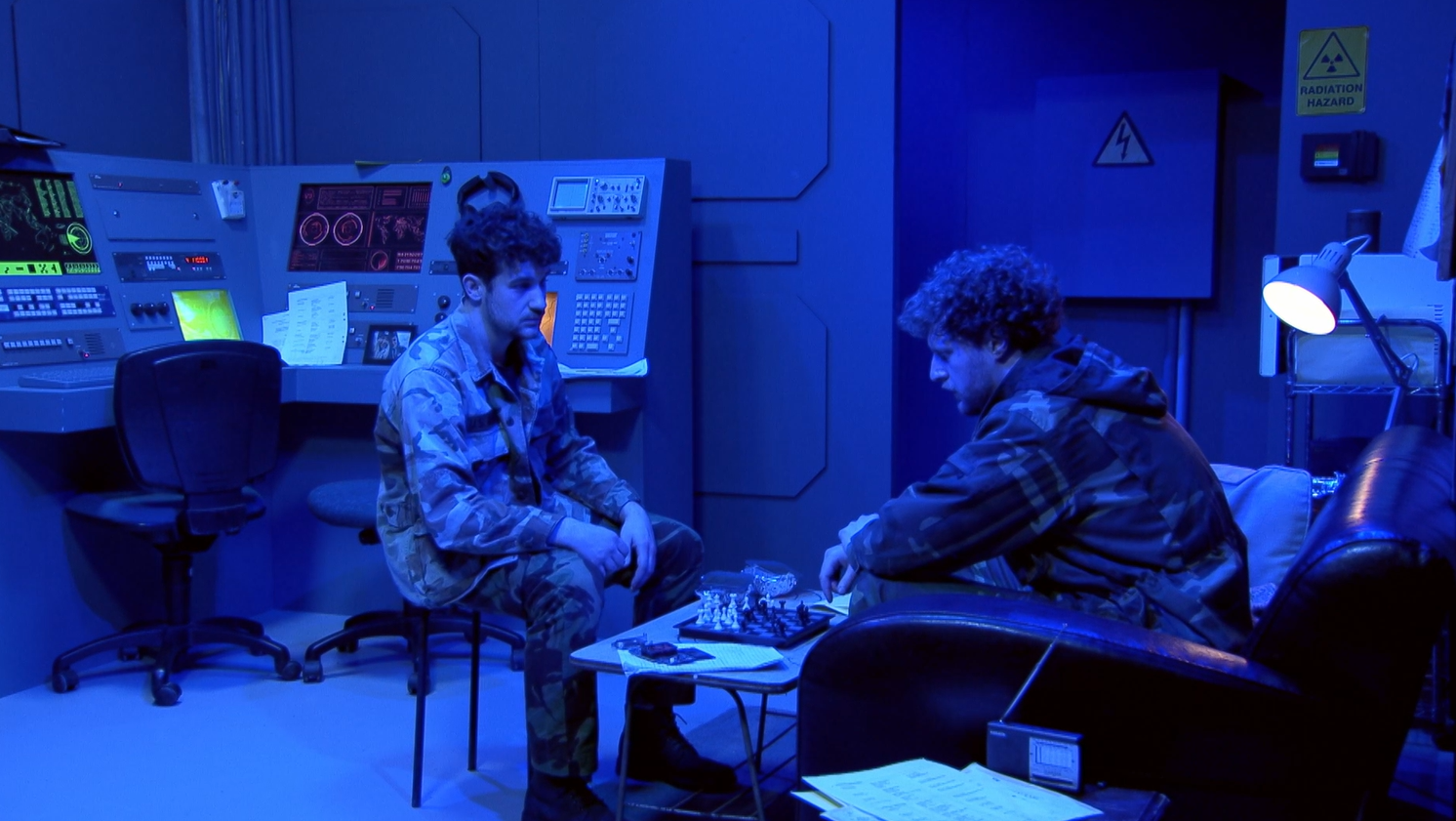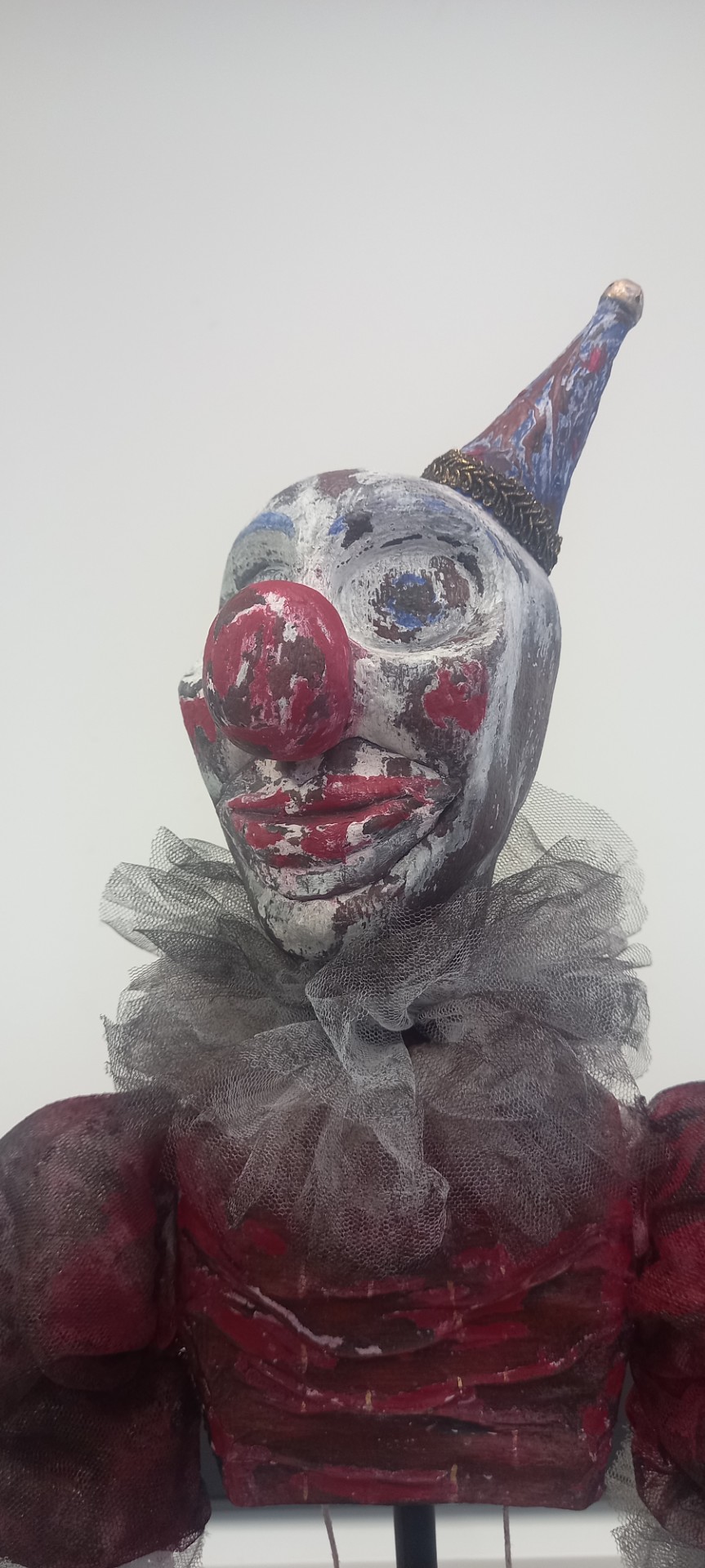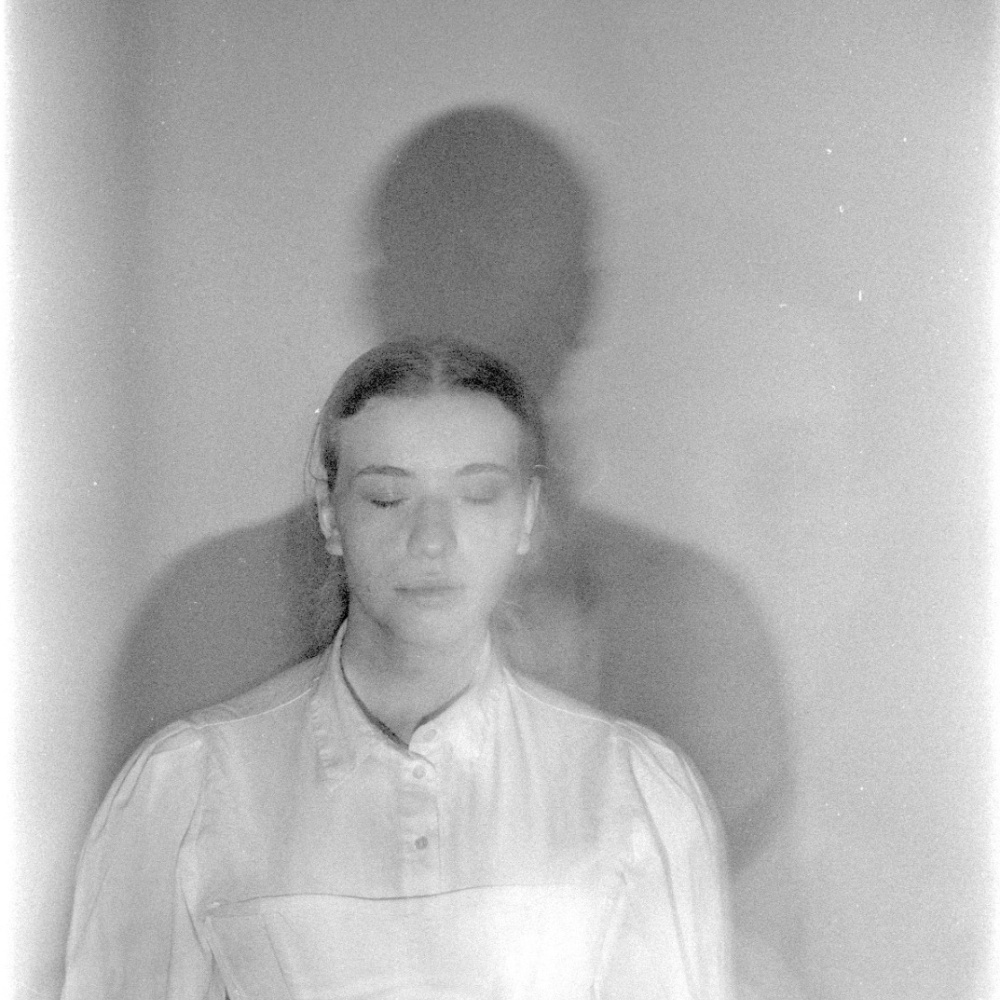
Laura Jadwiga Micianiec
My graduate project draws inspiration from the Polish song "W południe", a haunting piece deeply rooted in Slavic folklore and rural tradition. Set in the heart of the Polish countryside, the story follows the lives of chłopi (peasants) and their encounters with Południca—a mythical spirit said to haunt the fields at noon, luring farmers to their ends. Through costume and character design, I explore themes of superstition, nature, and the quiet tension between tradition and the unknown.
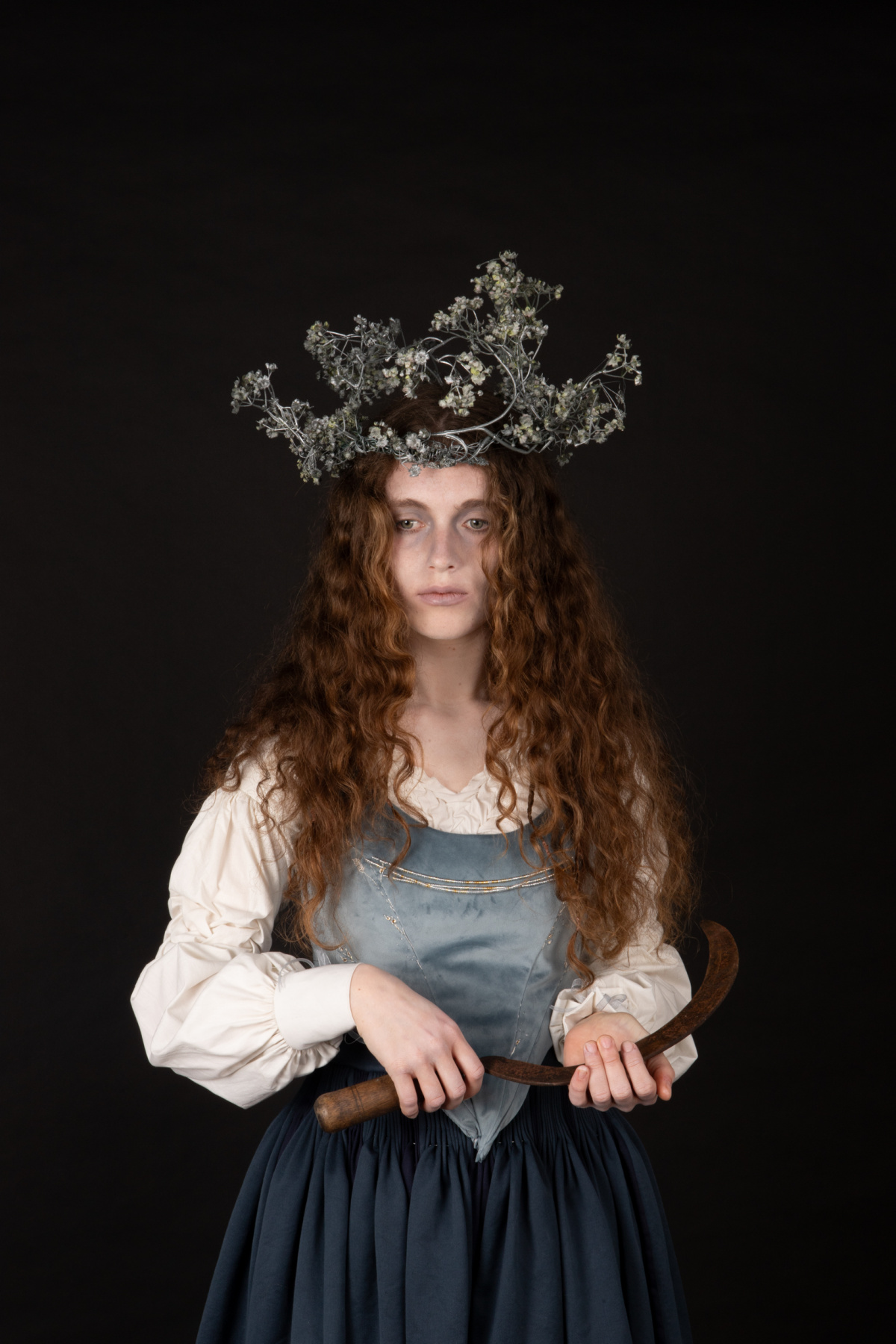
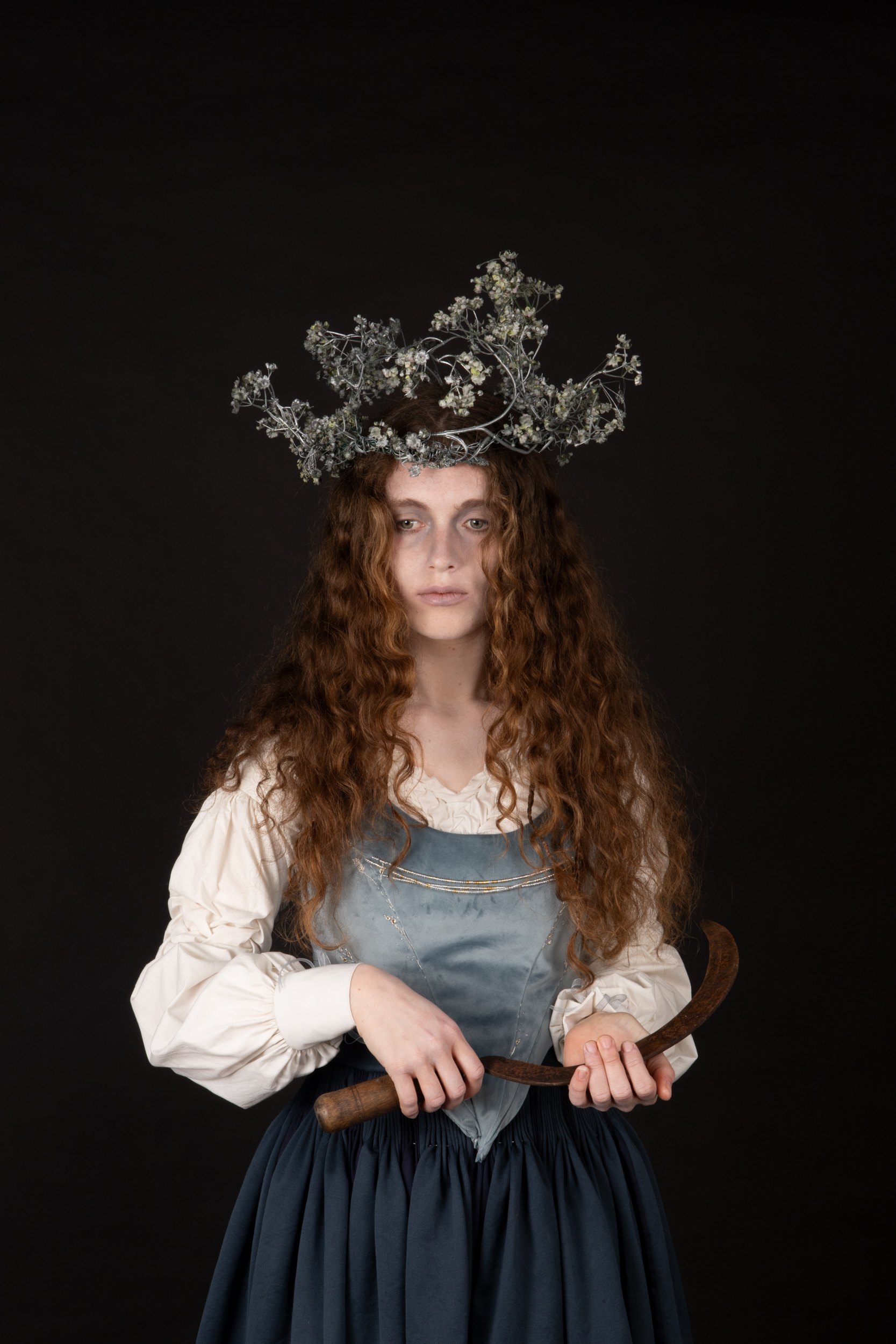


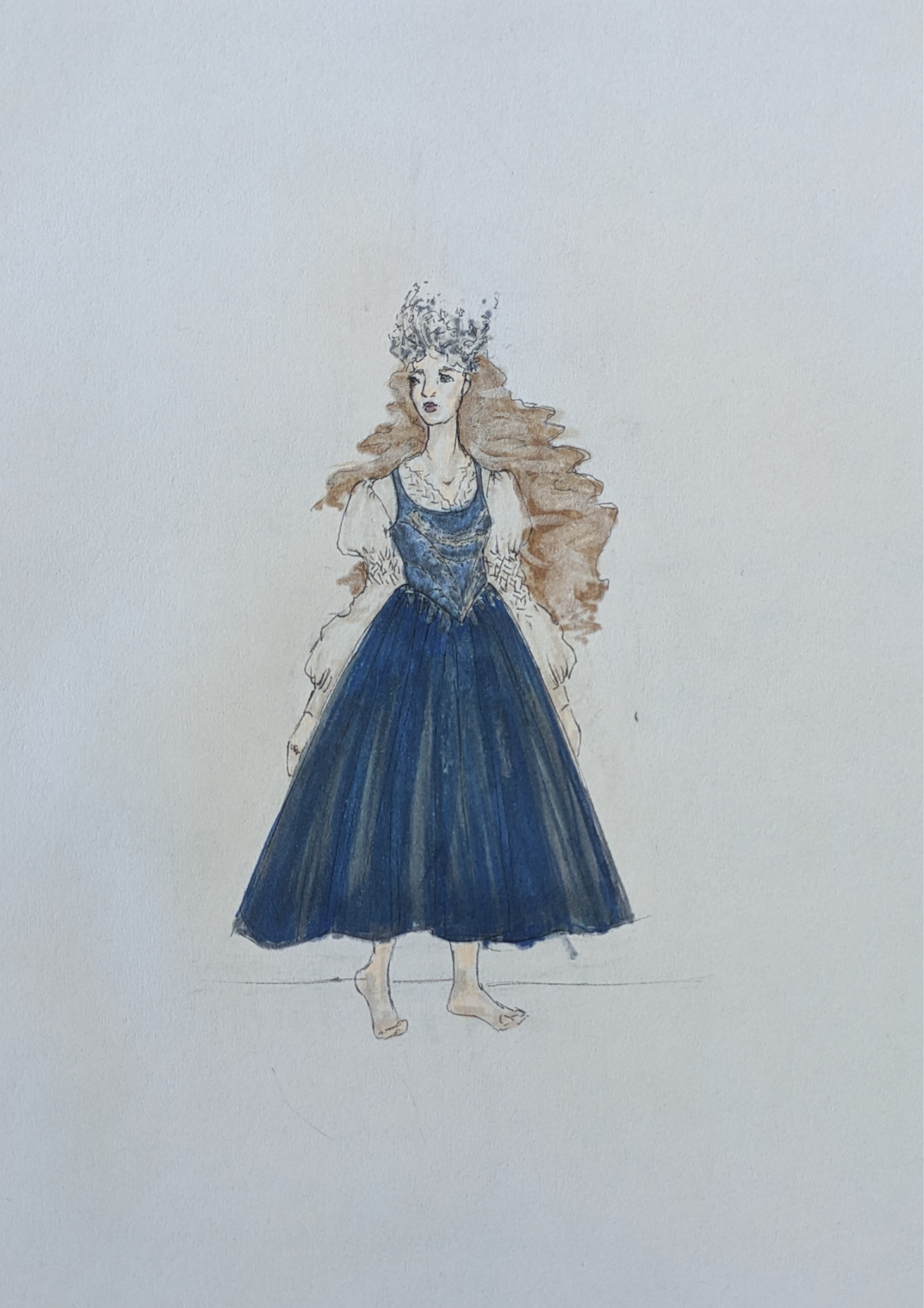
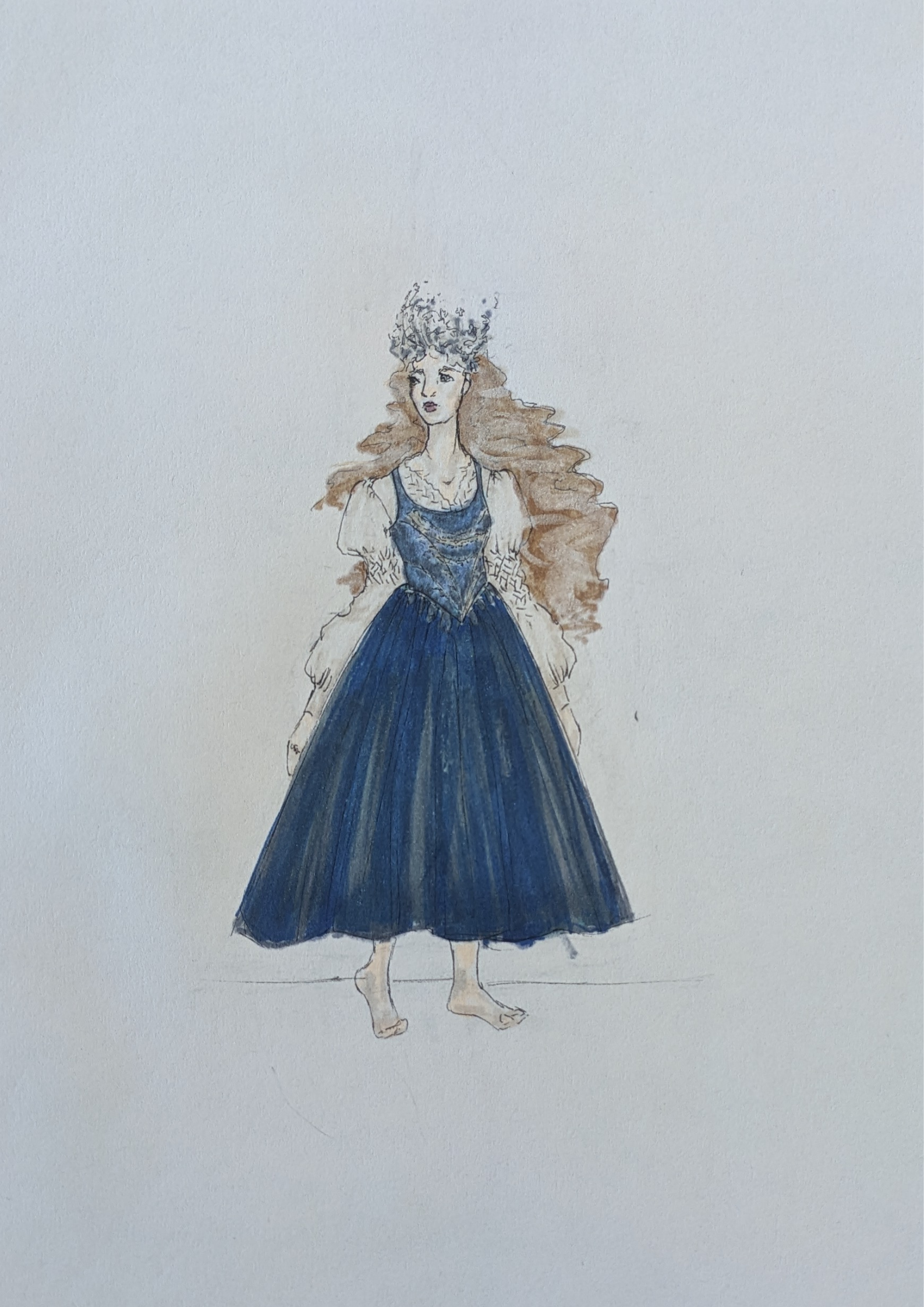


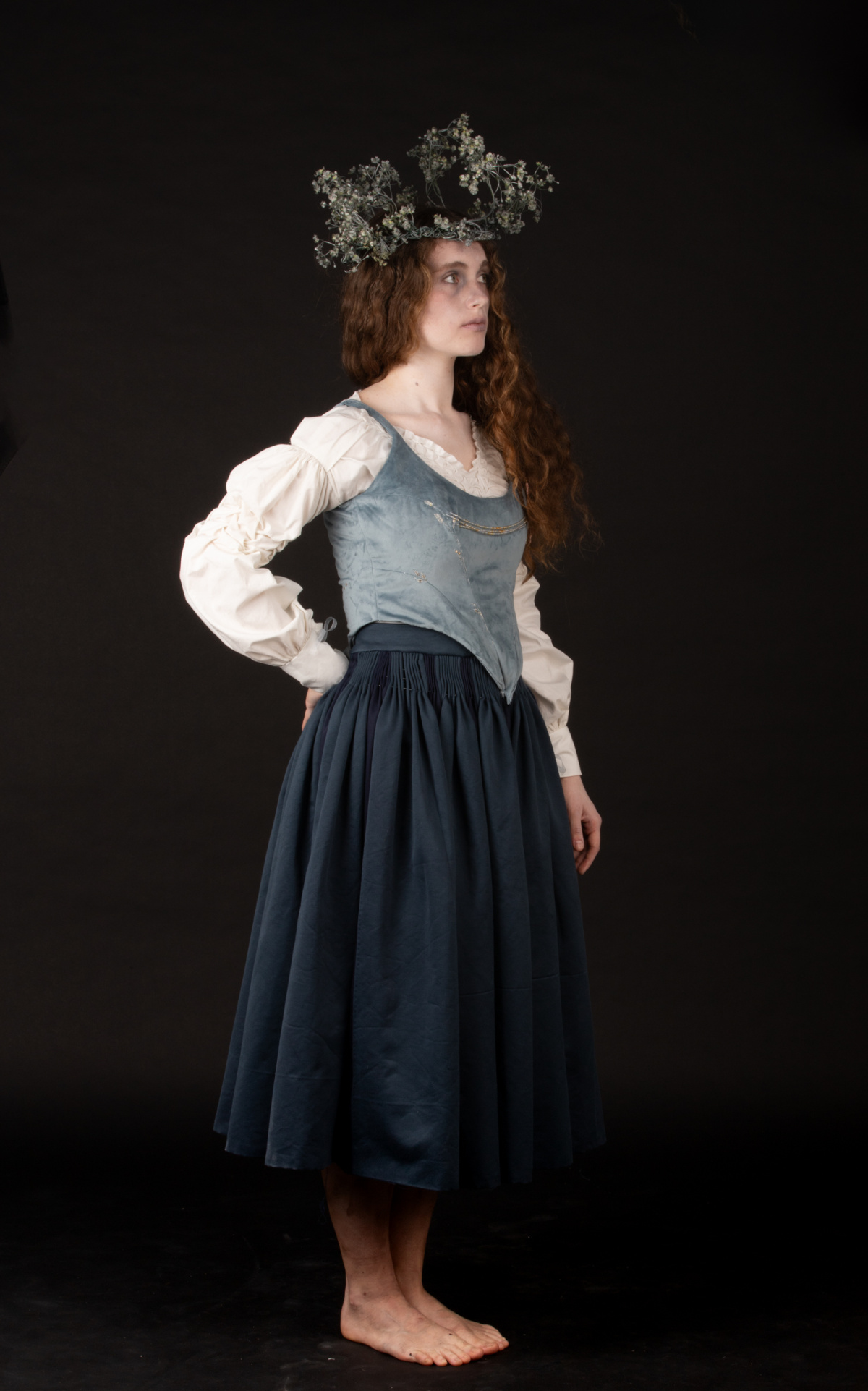
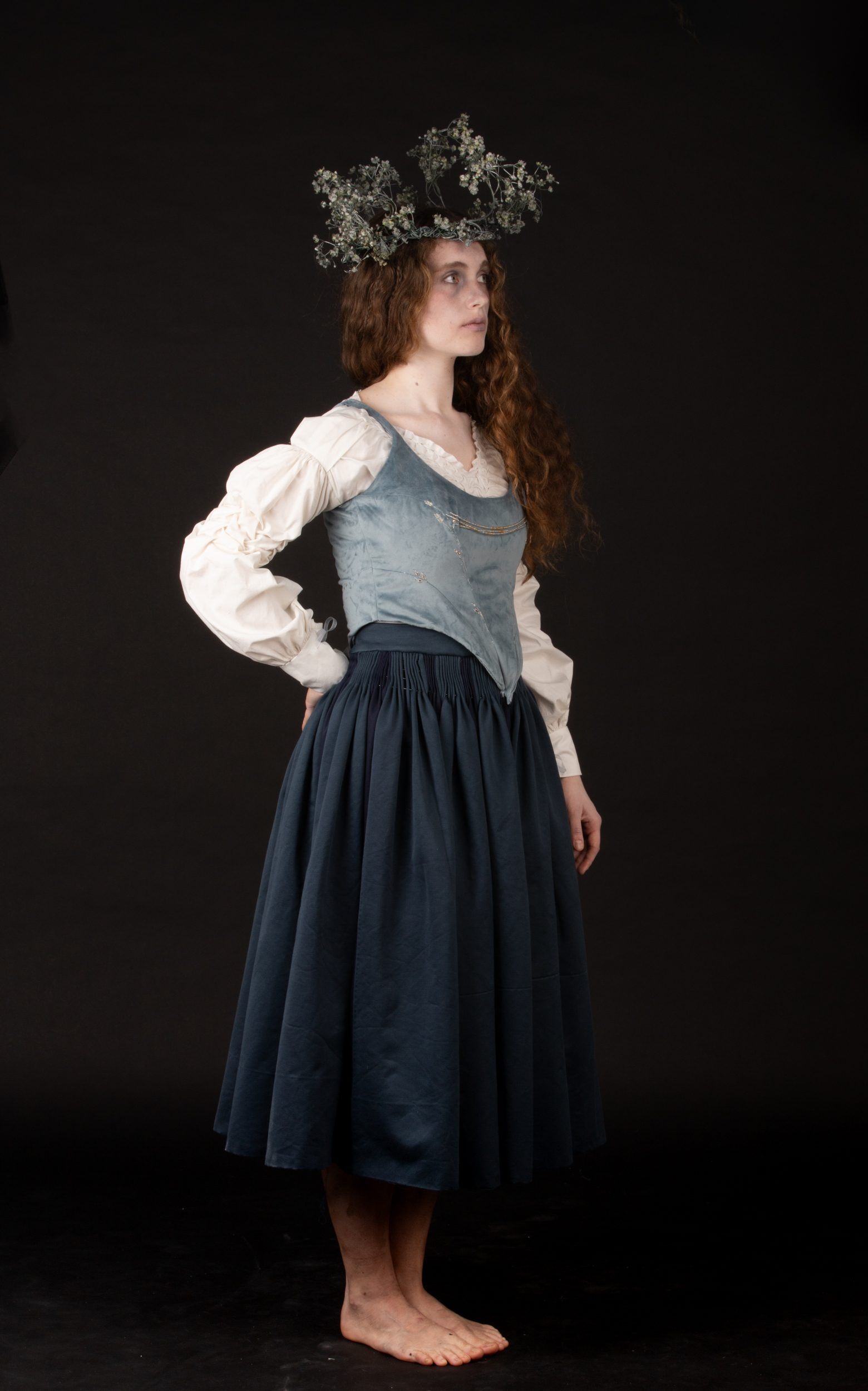

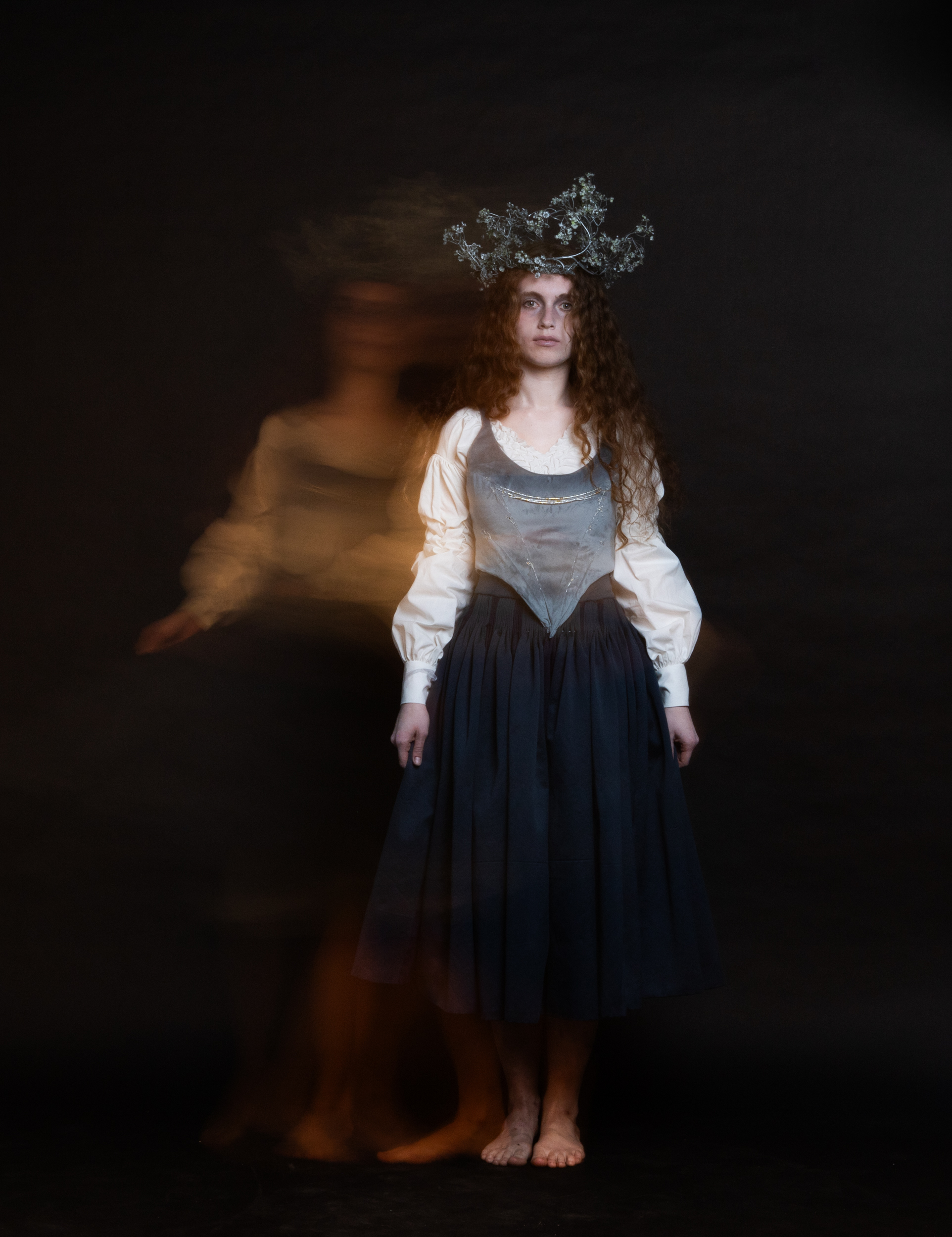
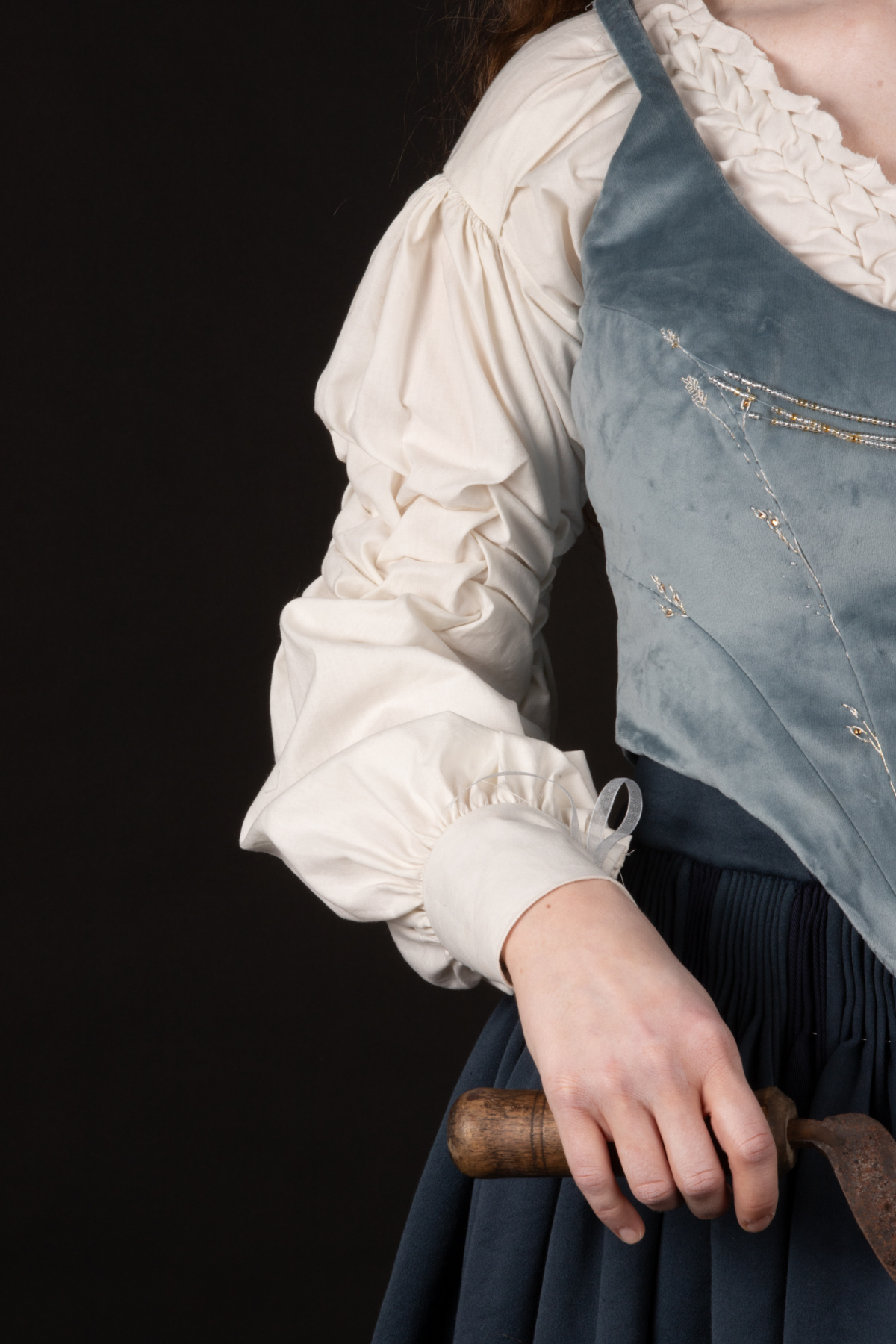

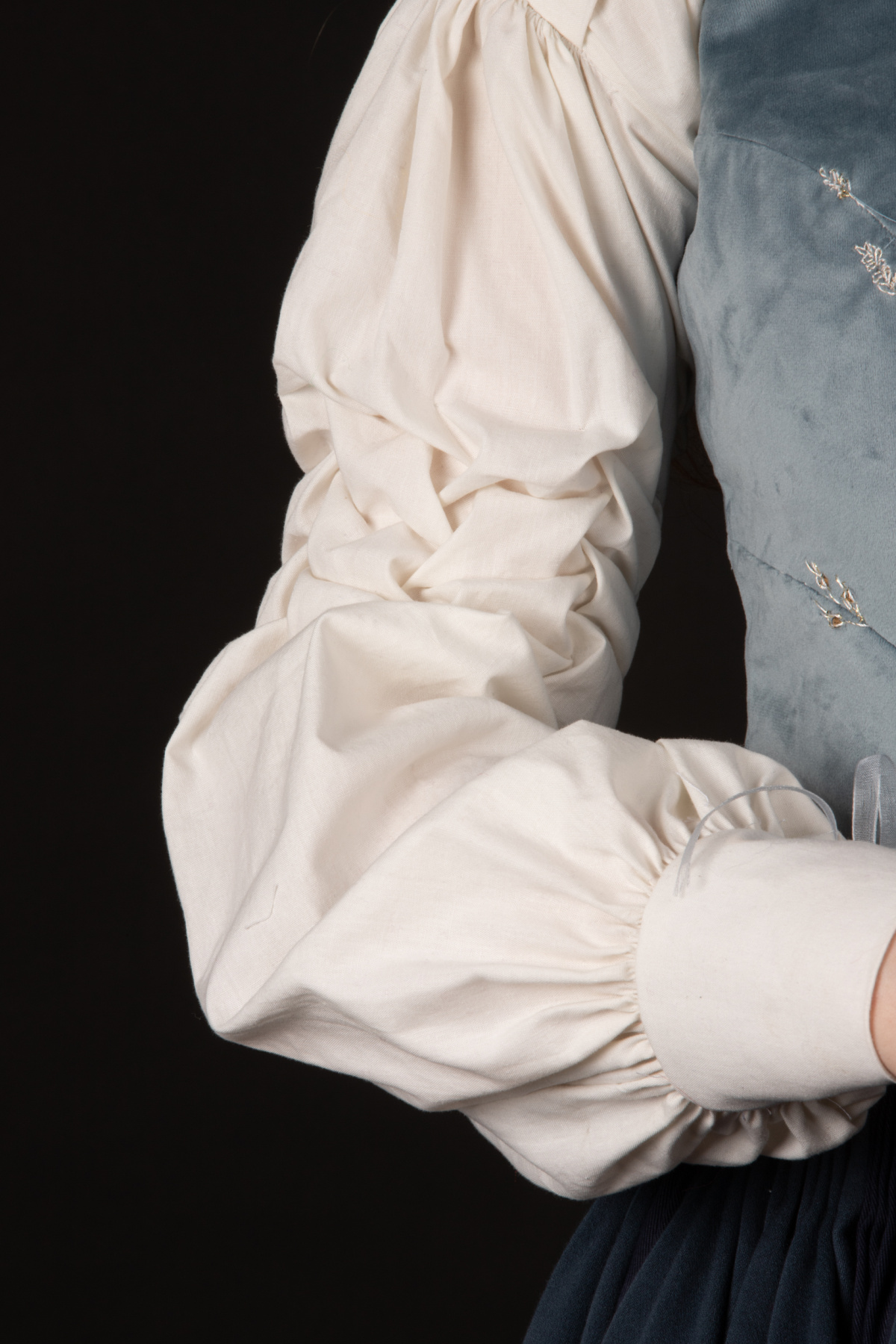
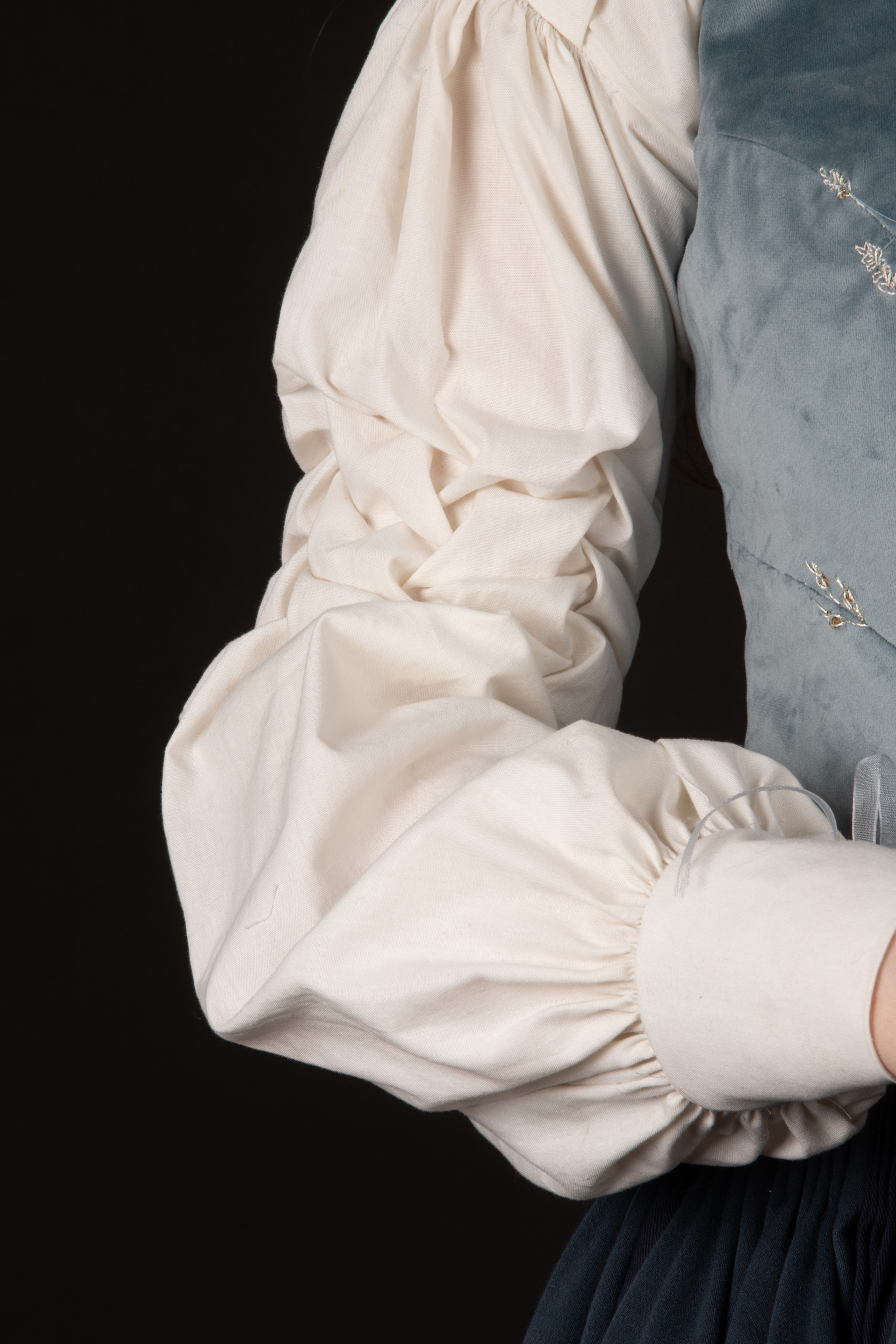
My goal for this project was to design a character—the Południca (a noon spirit, sometimes referred to as Lady Midday)—who could exist believably within the rural Polish world of the last century, while clearly standing apart as something otherworldly. I aimed to highlight her identity as a spirit of both nature and death through a distinct visual language. This involved developing a unique color palette and manipulating fabrics in ways that echo traditional techniques of the region, while also introducing subtle deviations that emphasize her ethereal, non-human nature.
Pushing through a tight timeline, I was able to create a final design that I feel is both a tribute to my cultural heritage and a personal interpretation of folklore. The result is a costume that honors the traditions of rural Poland while portraying a spirit who blends into, yet stands apart from, the human world. It reflects my belief in how nature spirits might present themselves—rooted in the familiar, yet shaped by something timeless and unknowable.
The term of “historical accuracy” is straightforward, setting its constraints onto films set in the past. But what does accuracy mean when designing for films within the genre of Fantasy? This thesis discusses the fine line walked by designers, between an accurate reflection of the world their costumes live in, and the freedom to let their imaginations depict the storytelling. Although “fantasy” implies the idea of a world free of constrictions, I believe that in order to achieve a believable production, some constrictions should be set. Although the fantastical world one is designing for, might not follow the same rules that our own follows, it follows it’s own rules. Clothing, being a constantly evolving aspect of culture, should be a part of the worldbuilding not work against it. In order to discuss this topic, I analyse the costumes of a few characters from Netflix’s The Witcher (2019), as well as HBO’s Game of Thrones (2011). By taking a closer look at both productions one after the other, as well as certain costumes within the same series, it becomes evident which designs were created with misdirected focus, and which designs were meant to aid in the storytelling of the film.

I'm a designer with a strong focus on creative problem-solving and concept development for visual storytelling. Currently in my fourth year of Design for Film, specializing in Costume Design, I thrive on bringing characters to life through thoughtful design choices and narrative-driven aesthetics. This website showcases my graduating project, developed as part of my final year at IADT, and reflects my passion for imaginative world-building and collaborative design for productions.


